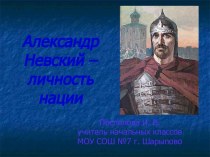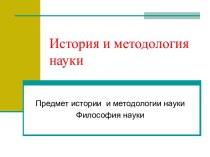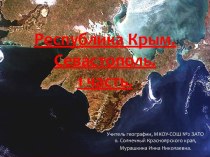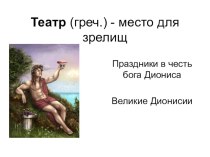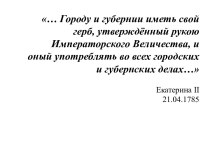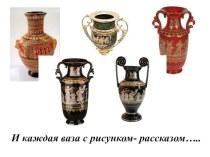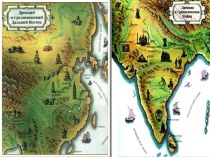- Главная
- Разное
- Бизнес и предпринимательство
- Образование
- Развлечения
- Государство
- Спорт
- Графика
- Культурология
- Еда и кулинария
- Лингвистика
- Религиоведение
- Черчение
- Физкультура
- ИЗО
- Психология
- Социология
- Английский язык
- Астрономия
- Алгебра
- Биология
- География
- Геометрия
- Детские презентации
- Информатика
- История
- Литература
- Маркетинг
- Математика
- Медицина
- Менеджмент
- Музыка
- МХК
- Немецкий язык
- ОБЖ
- Обществознание
- Окружающий мир
- Педагогика
- Русский язык
- Технология
- Физика
- Философия
- Химия
- Шаблоны, картинки для презентаций
- Экология
- Экономика
- Юриспруденция
Что такое findslide.org?
FindSlide.org - это сайт презентаций, докладов, шаблонов в формате PowerPoint.
Обратная связь
Email: Нажмите что бы посмотреть
Презентация на тему 50 Years of European Manichaeism
Содержание
- 3. First published in the portalsAfroarticles, American Chronicle, andBuzzleon 25th of March 2007
- 4. What European politicians and statesmen,
- 5. Europe experienced in the past
- 6. … - Ottoman Empire (at
- 7. …- Austrian Empire (and its
- 8. None of them attempted a
- 9. … whereby only one culture,
- 10. The European Union comes as the
- 11. … involving Human Rights, protection
- 12. The European lawmakers and statesmen
- 13. … and their adhesion to diverse
- 14. Knowledge, Truth, Search for Truth, Science, Exploration, Discovery, Moral Values accepted as Universal, ….
- 15. …. and other Renaissance world categories are often said to prevail across today's Europe.
- 16. For this reason, any mendacious, duplicitous and irrational policies are rejected and refuted as …Manichaean;
- 17. …the use of this adjectival term
- 18. The Manichaean Doctrine and Expansion
- 19. Based on sources encompassing more than
- 20. … what proved to be
- 21. According to the basics of
- 22. The Good Principle dwells in the
- 23. … (Megethos in Greek, Abba
- 24. … or the Father with
- 25. … probably because * Time,
- 26. Opposed to the Father of
- 27. Manichaeism did not survive down
- 28. … it was superseded respectively
- 29. 3. Monophysitic Christianity (in Eastern Anatolia / Turkey, Syria-Palestine, and Northern Mesopotamia), …
- 30. 4. Nestorian Christianity (Southern Mesopotamia, Persia,
- 31. … and 7. Islam (North Africa, Egypt, Syria-Palestine, Mesopotamia, Persia and Central Asia).
- 32. The last Manichaean temple was
- 33. With the aforementioned in mind
- 34. …. (e.g. the different denominations
- 35. … Manichaeism has been at
- 36. Already the sophisticated attitude of
- 37. b – successfully attributing to
- 38. and then c – systematically
- 39. You do not need to
- 40. However, when duplicity becomes the
- 41. … then there are strong
- 42. The Manichaean Origins of Europe
- 43. In his Ten Commandments, Mani forbade
- 44. Prayer was obligatory four times a
- 45. Prayer, accompanied by twelve prostrations, was
- 46. Manicheans fasted on the
- 47. In addition, a monthly fast occurred
- 48. Manicheans practiced Baptism, Eucharist, and
- 49. On March 20, 242 CE
- 50. he rejected the Old Testament
- 51. the Gospel of Thomas, the Teaching of Addas, andthe Shepherd of Hermas.
- 52. Jesus Christ was to Mani
- 53. Jesus, as narrated by the Christian
- 54. that material Jesus was "the
- 55. … "a devil who was
- 56. Mani used the term "Evangel" (Gospel) for his message.
- 57. In no country did Manichæism
- 58. One of the governors of Alexandria
- 59. In the Eastern Roman Empire, Manichaeism
- 60. The Emperor Justinian himself disputed
- 61. After a certain decline at
- 62. In the Western Roman Empire,
- 63. After the edict of Diocletian against
- 64. It is well known how St.
- 65. The Father of the Catholic
- 66. After he became Christian, St. Augustine
- 67. This – in and by itself – is quite telling!
- 68. St. Augustine engaged in many
- 69. Around 420, Ursus, the imperial prefect,
- 70. When the Vandals conquered Africa,
- 71. Despite all that, at the
- 72. The spread of Manichaeism in
- 73. In the years 384-388, a special
- 74. Supported by a rich man called
- 75. … the Elect should wander about the world, preaching the Manichæan Gospel.
- 76. Around the middle of the 6th
- 77. When the latter were driven
- 78. … and they merged with
- 79. The Manichaean Nature of today’s Europe
- 80. Two diametrically opposed groups of
- 81. We have attested these two
- 82. The Catholic pledge for a
- 83. Associations fight against or in favor
- 84. Sooner or later, Europe – united
- 85. In parallel with this ideological
- 86. even if eliminated at the
- 87. Suffice it that we refer
- 88. … that are made to
- 89. The first chapter of the Berlin
- 90. … all three central achievements
- 91. Peace and prosperity were truly
- 92. In another excerpt, it is noted
- 93. Probably, it is for this
- 94. In another point, the text reads
- 95. This is certainly the reason so
- 96. … the Basks, the Scots, the
- 97. The second chapter of the
- 98. Furthermore, "equal rights and duties
- 99. What is then the reason
- 100. The declaration states that "the focus
- 101. Solidarity is then characterized as a
- 102. That is why 'diversities' like the
- 103. … Brussels – the Manichaean
- 104. In the fourth part of the
- 105. … energy policy and climate protection
- 106. Ending the atrocious genocides carried out
- 107. Obviously not! Brussels proved to
- 108. Finally, a brief excerpt about "securing
- 109. When it comes to justice and
- 110. … and demonstrate to all
- 111. First published in the portalsAfroarticles, American Chronicle, andBuzzleon 25th of March 2007
- 113. By Prof. Muhammad Shamsaddin Megalommatis50 YEARS OF EUROPEAN MANICHAEISM
- 114. Скачать презентацию
- 115. Похожие презентации
First published in the portalsAfroarticles, American Chronicle, andBuzzleon 25th of March 2007
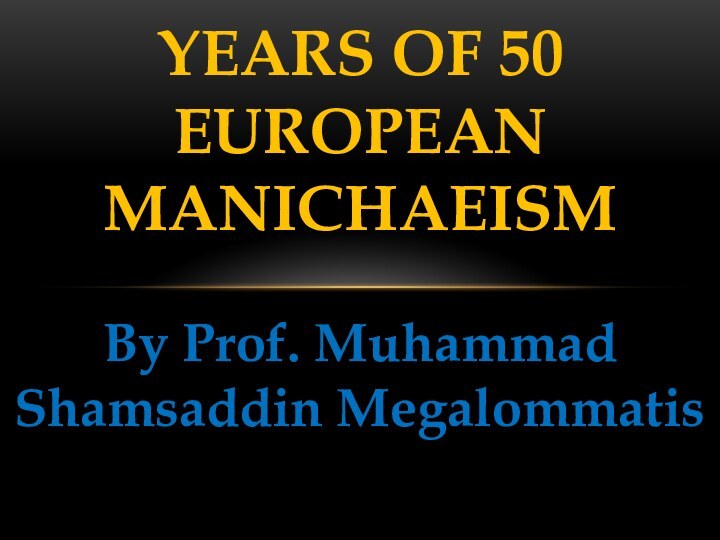
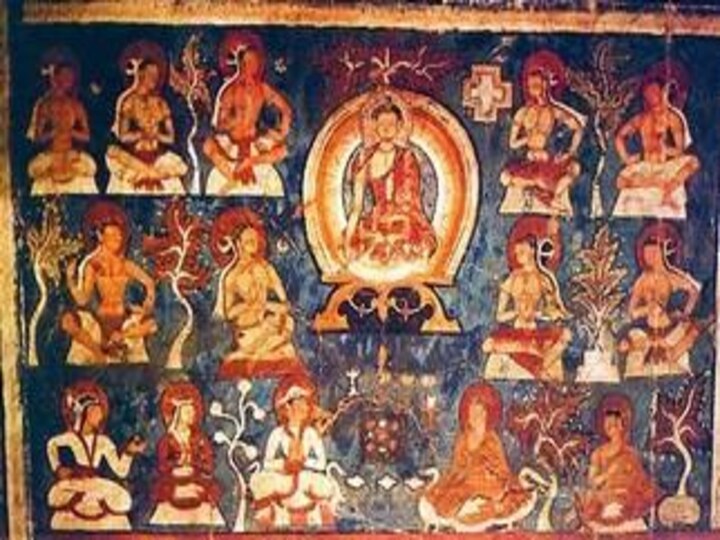

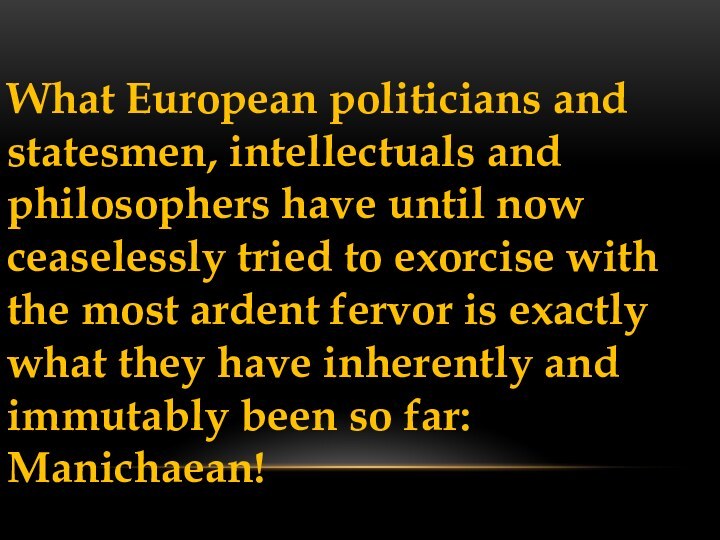
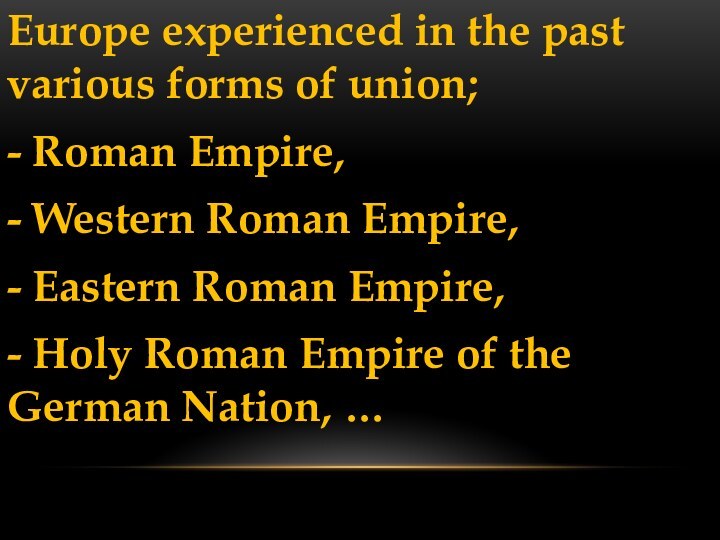
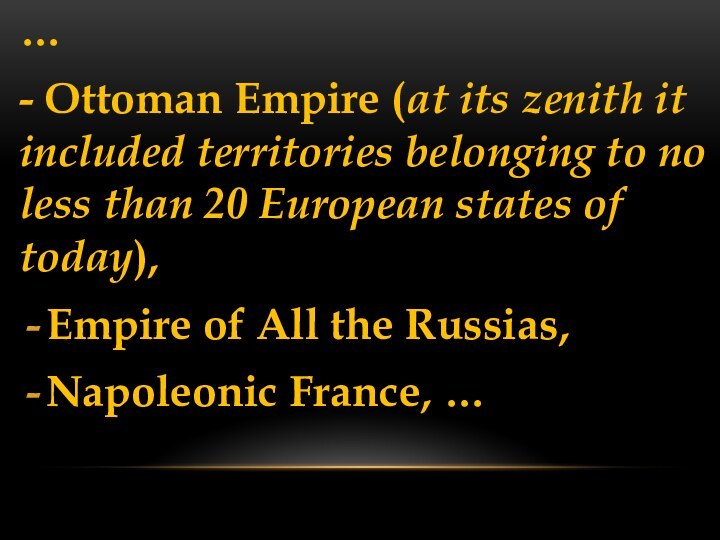
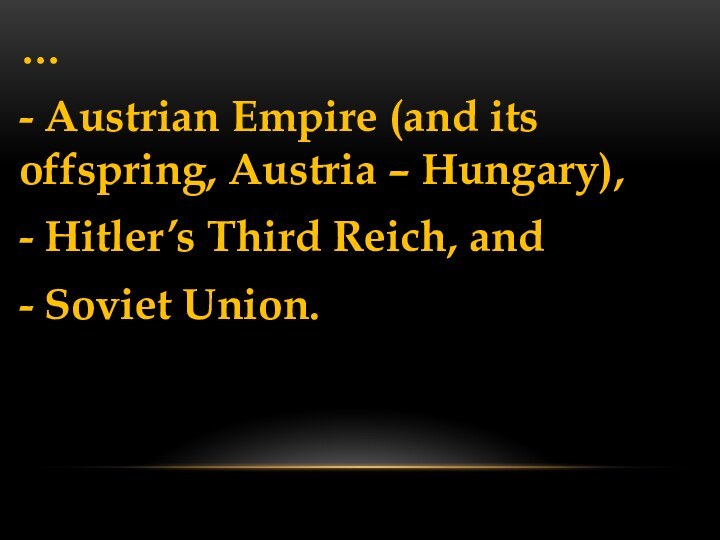
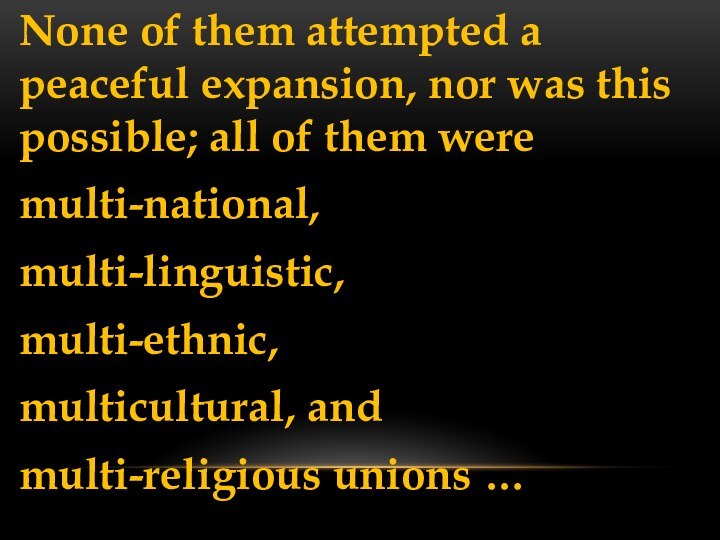
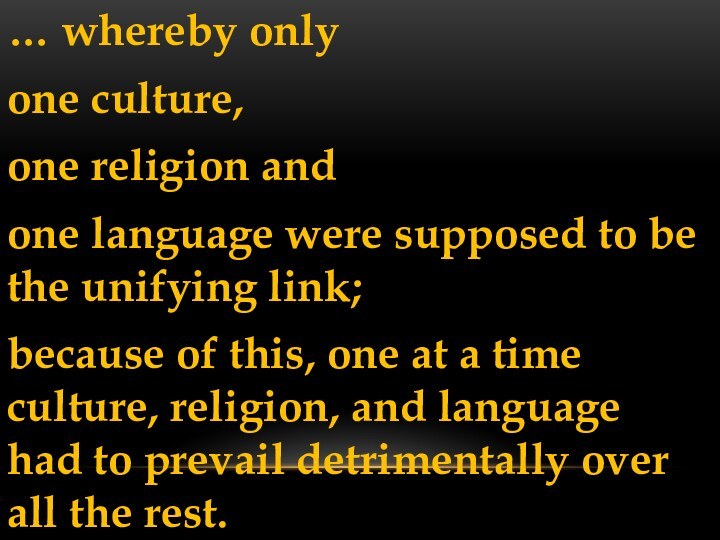

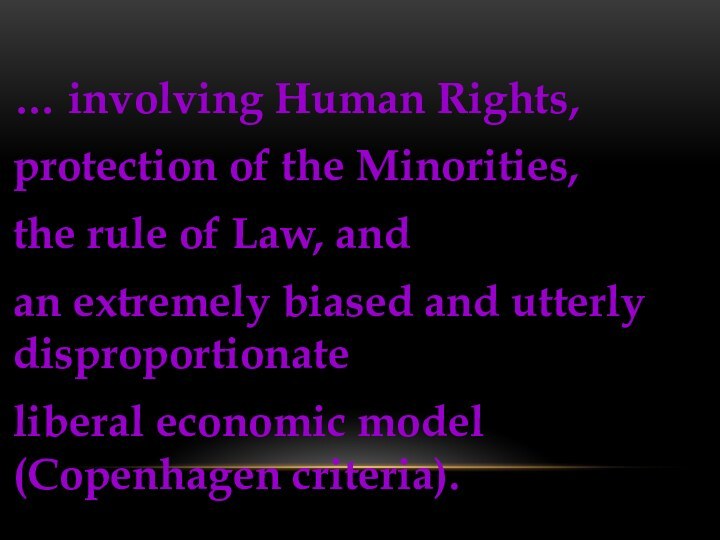
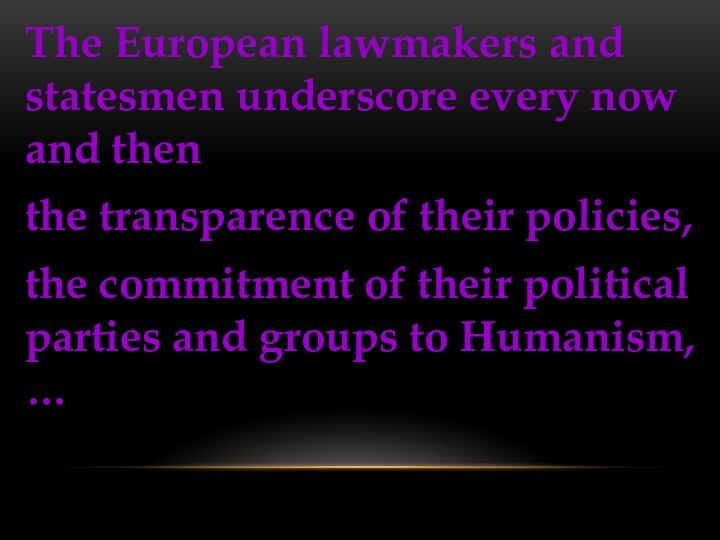
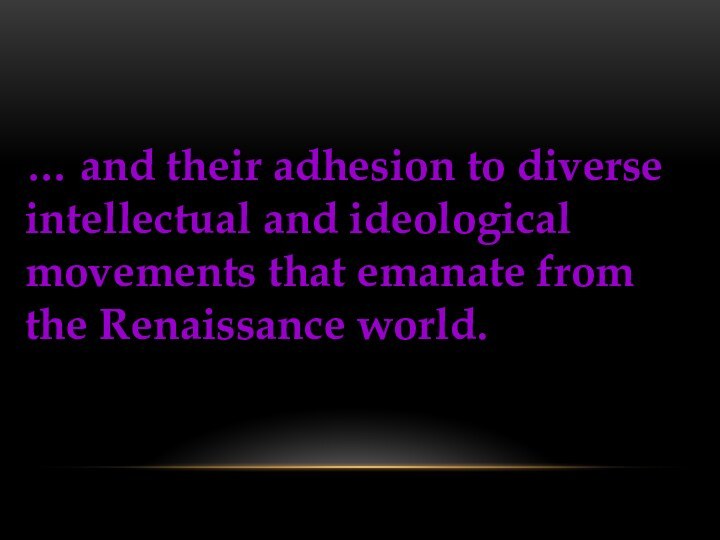

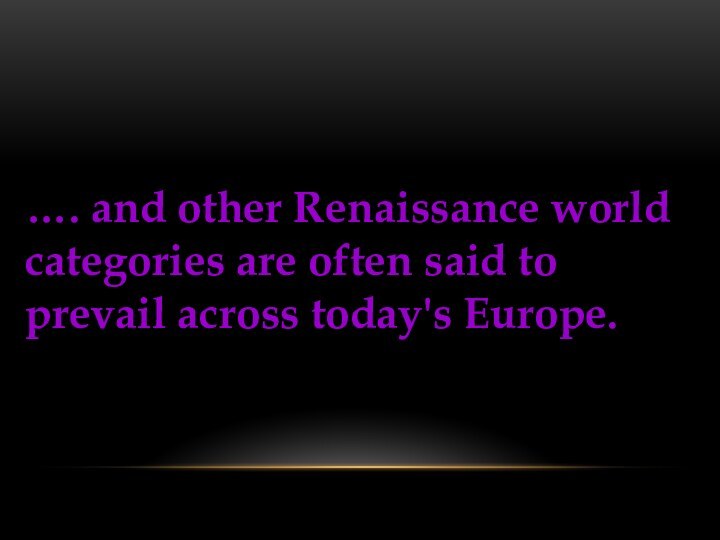

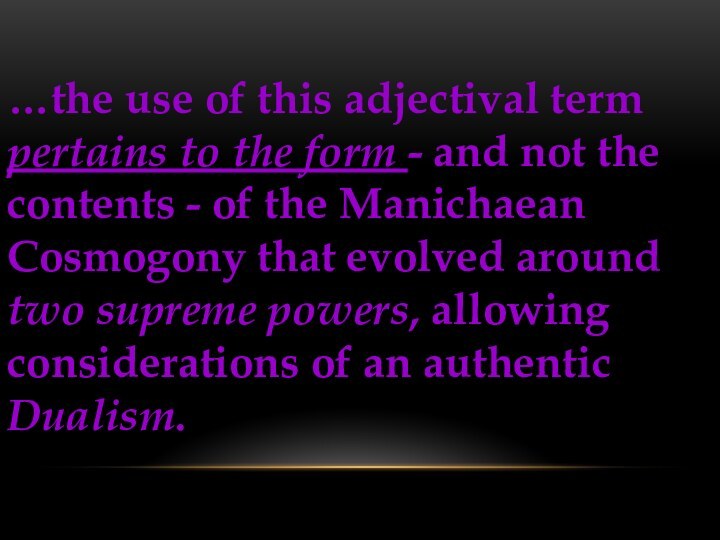

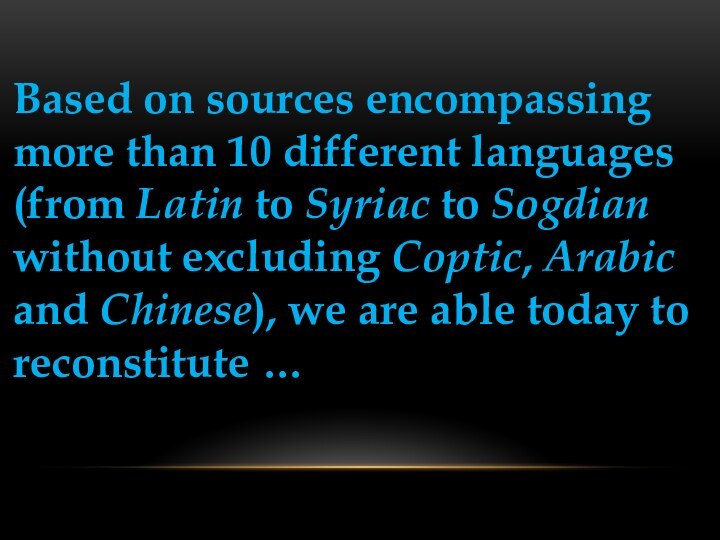
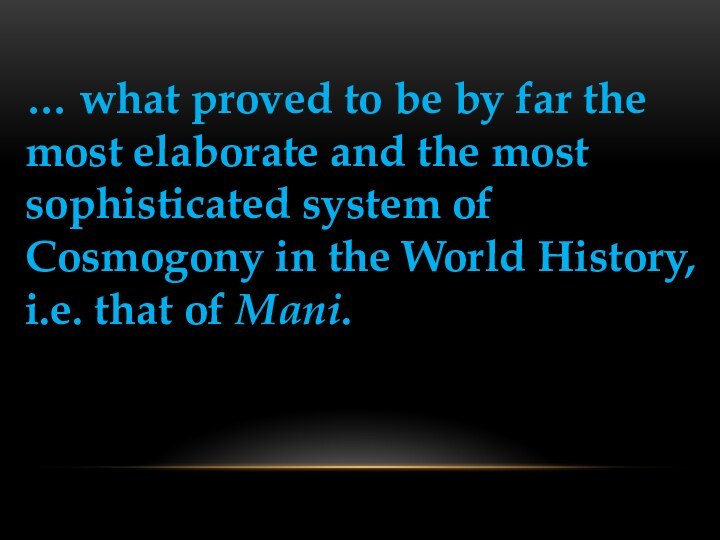
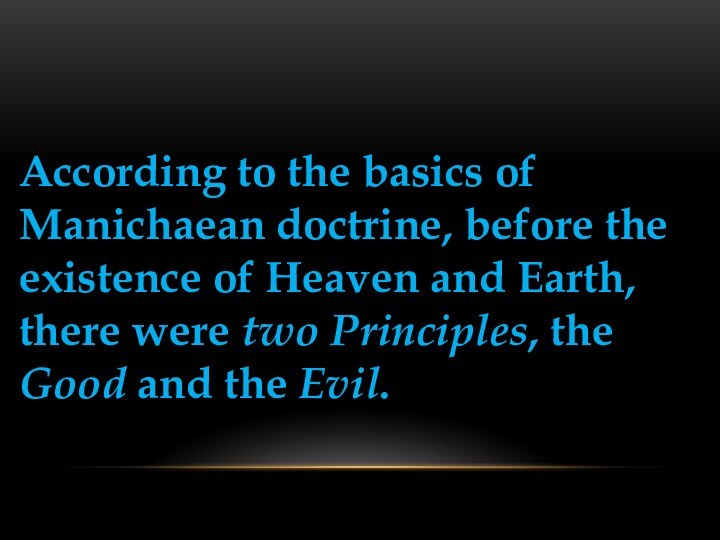


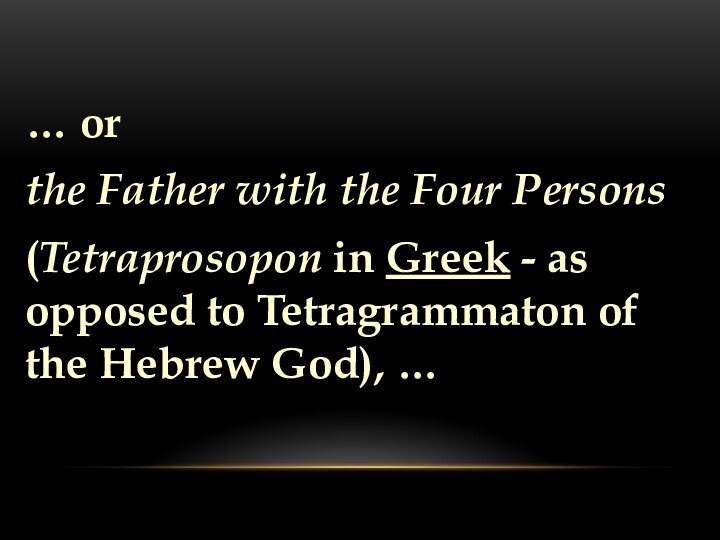
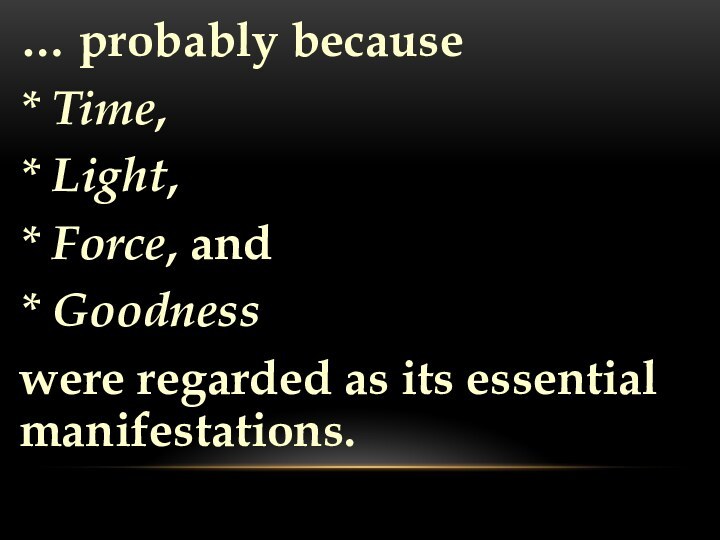

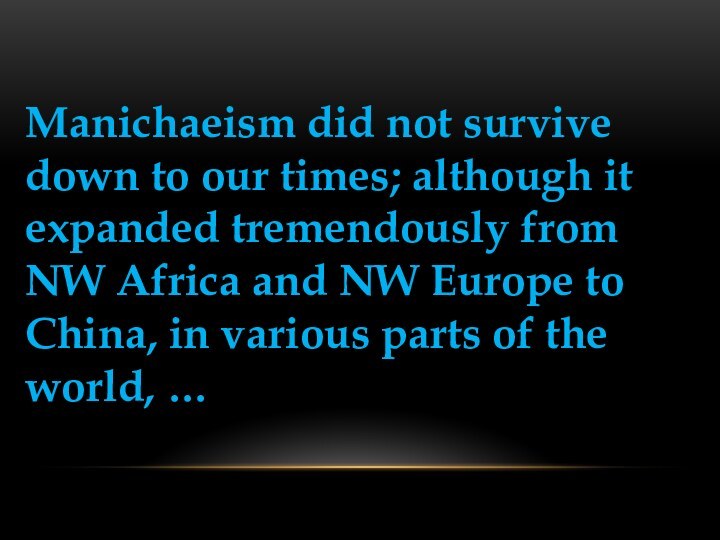

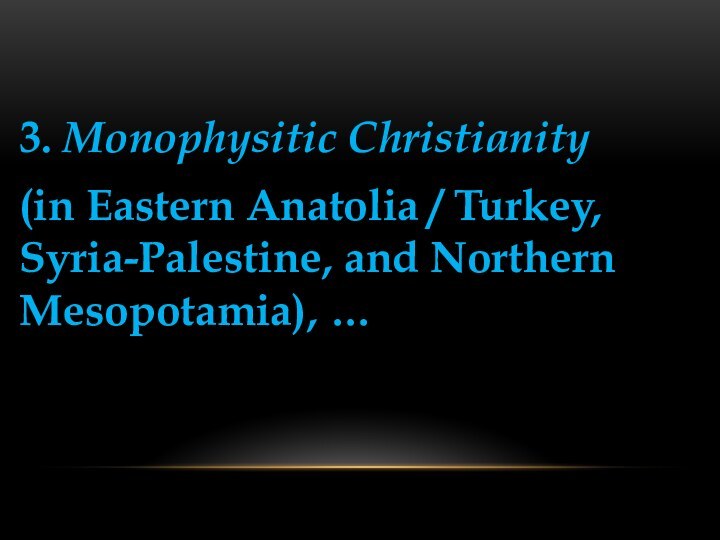

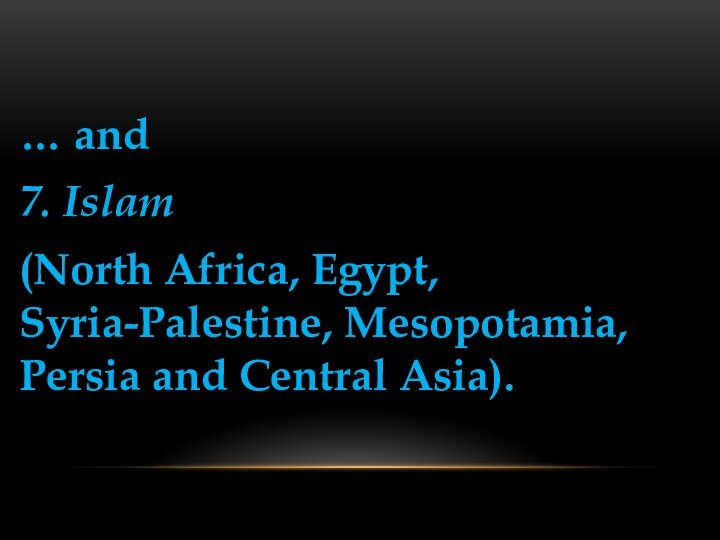
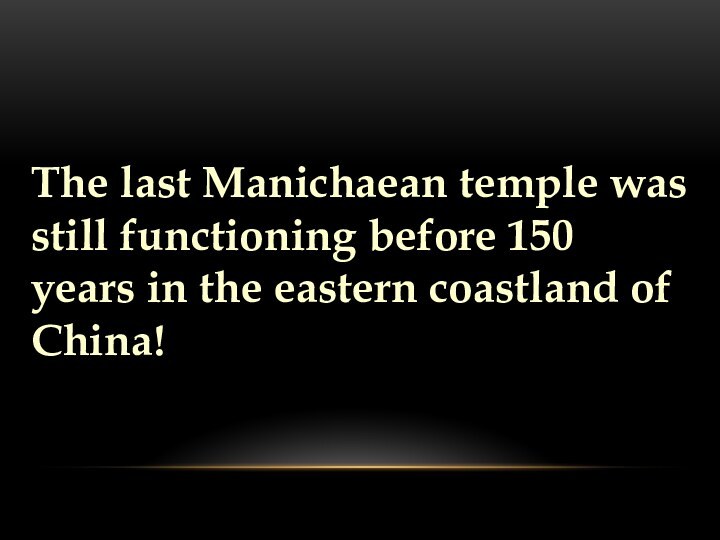

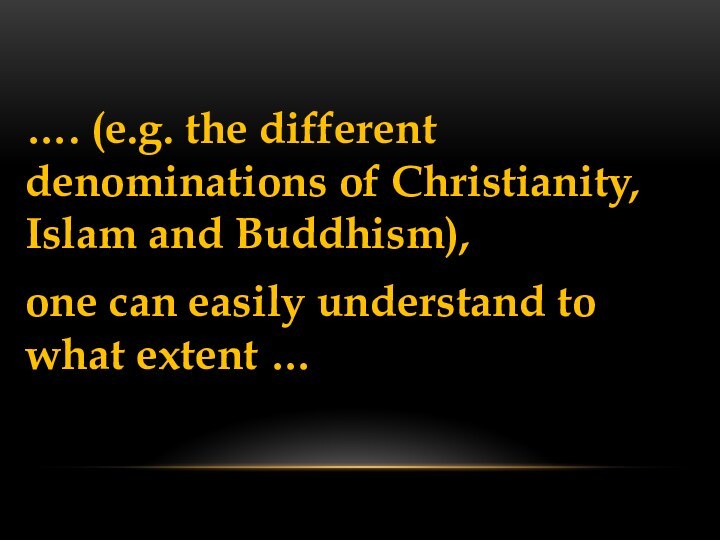
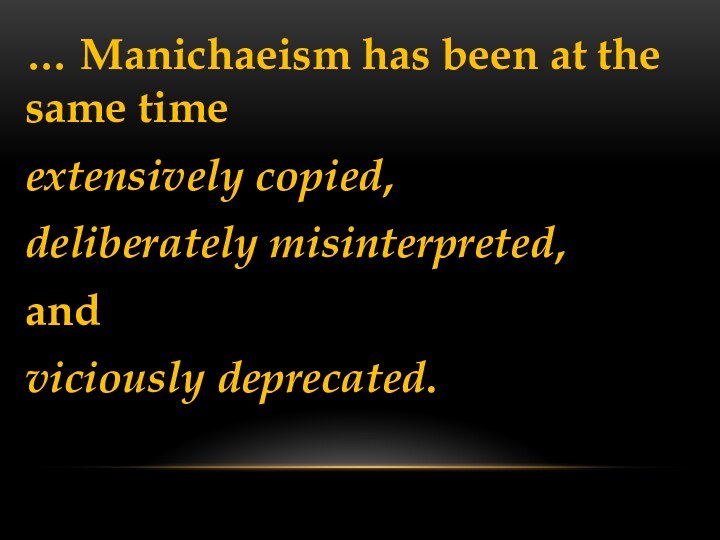
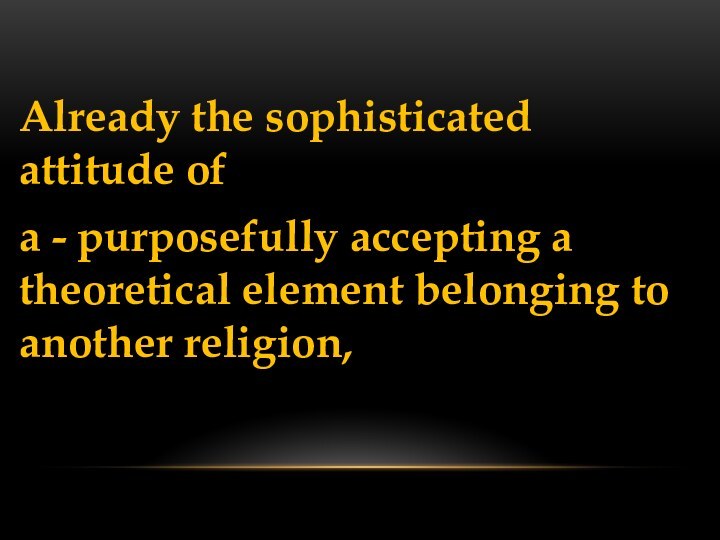
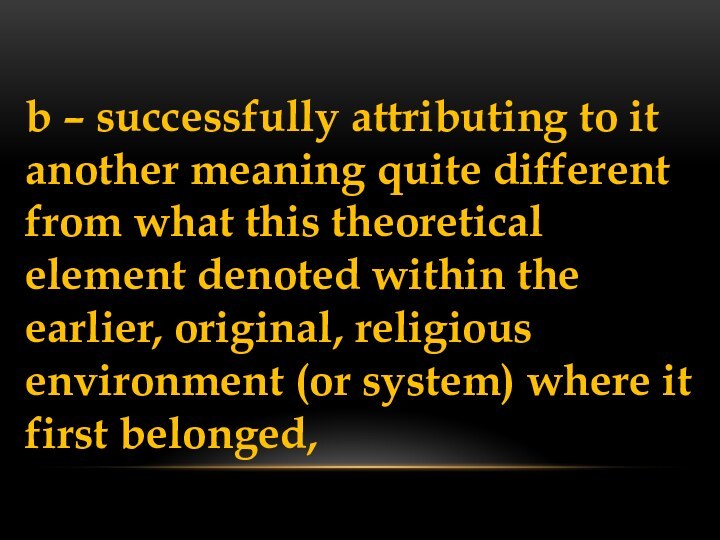
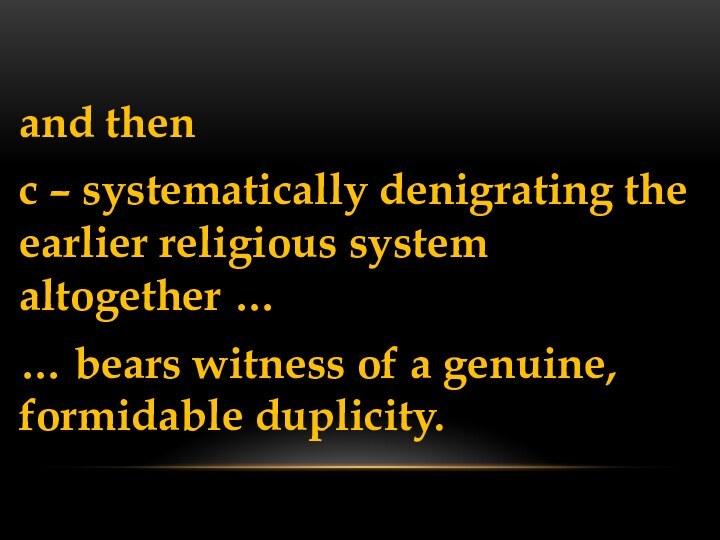
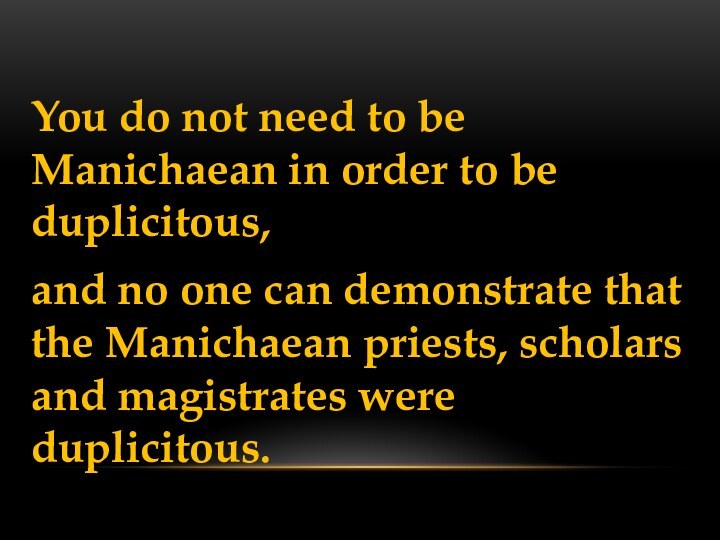
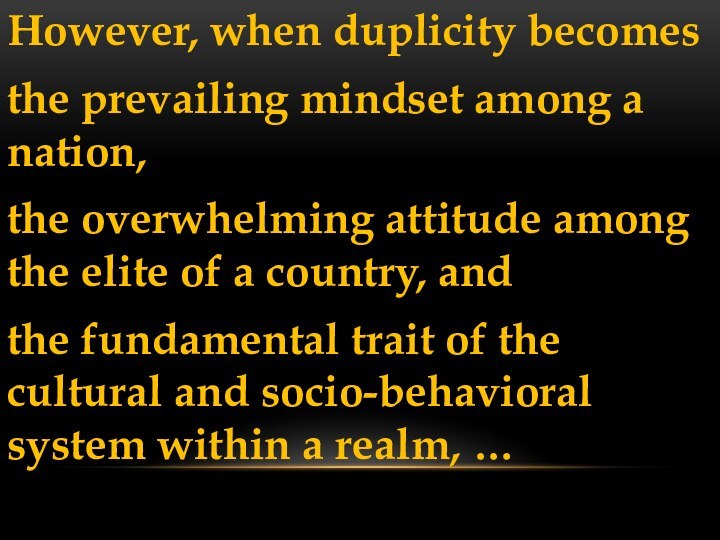

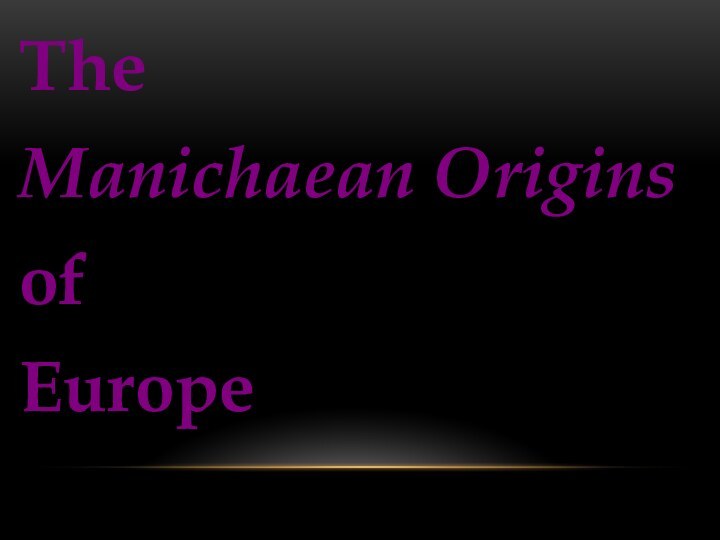

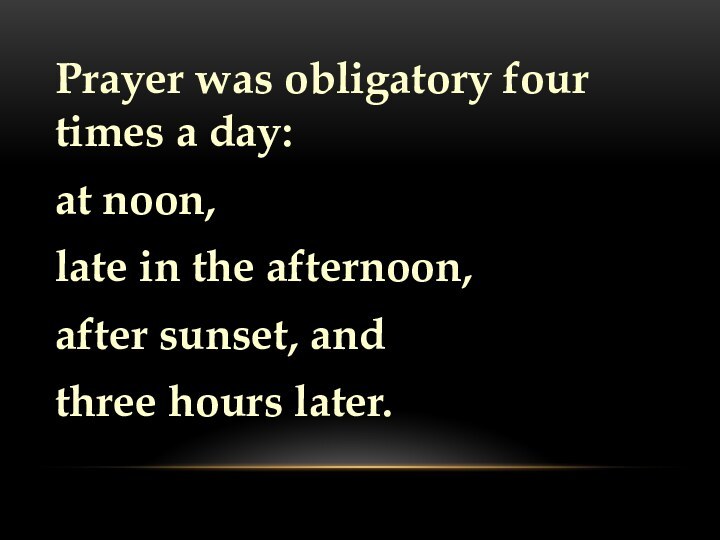
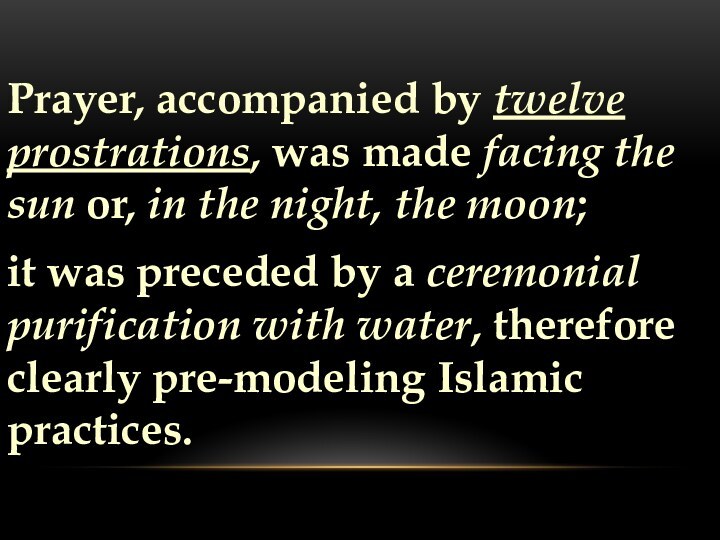
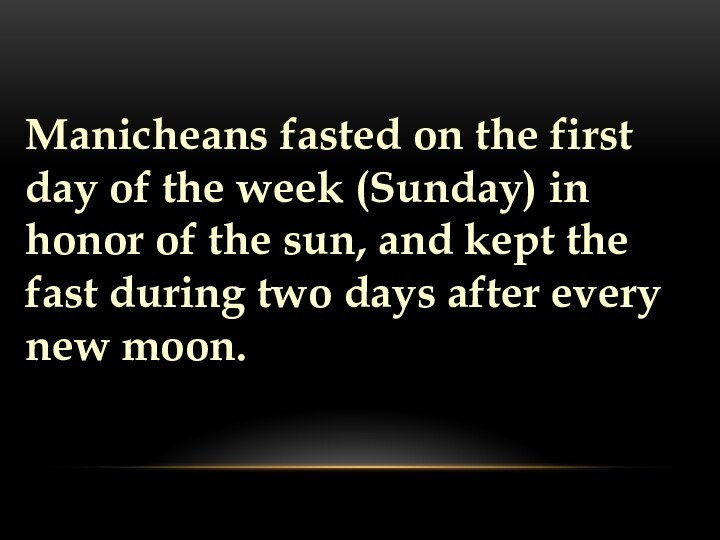
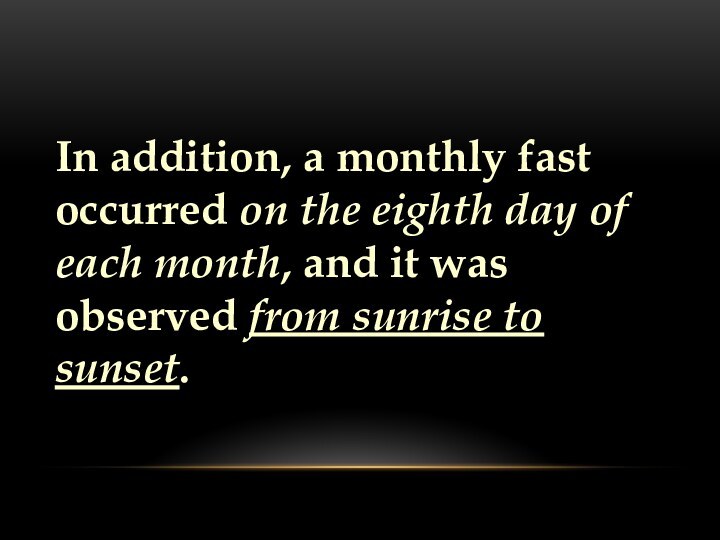
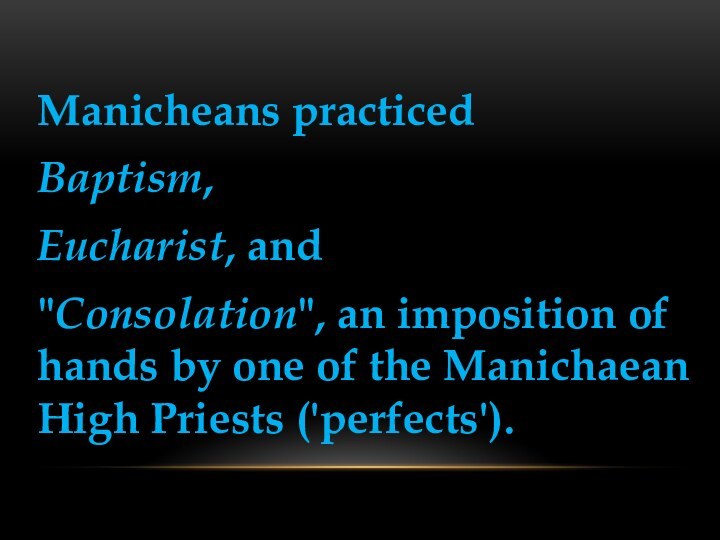
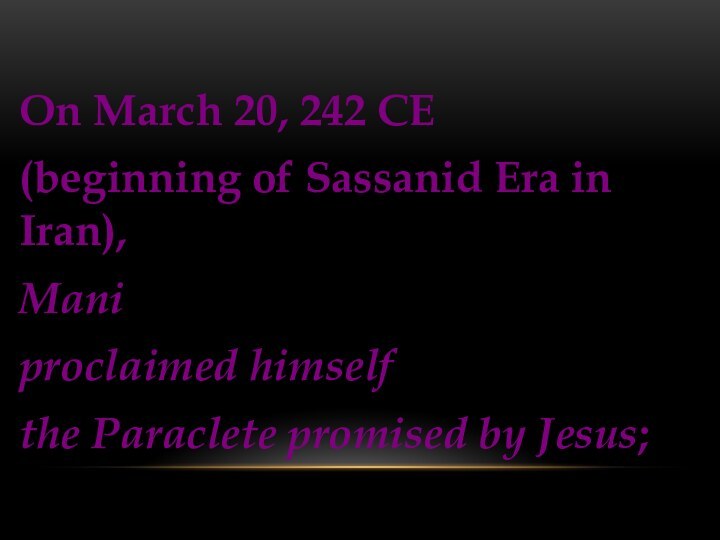
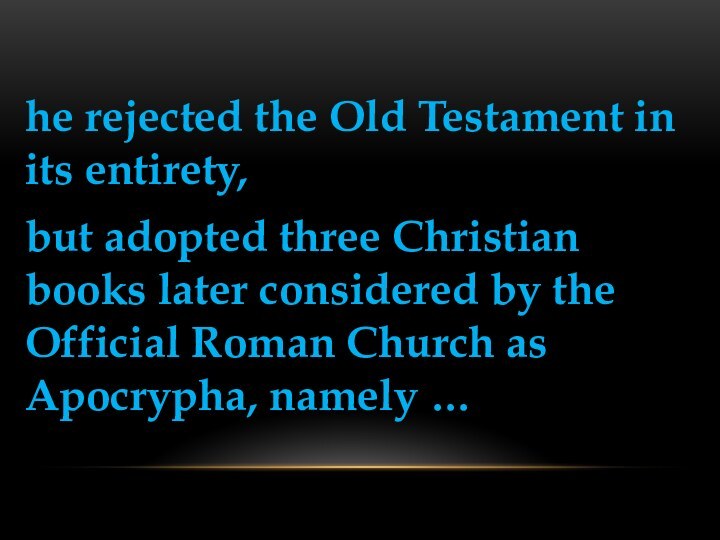

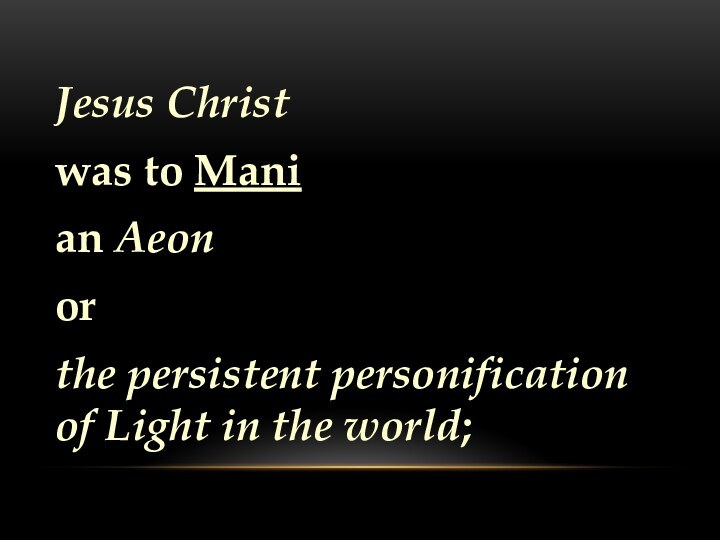




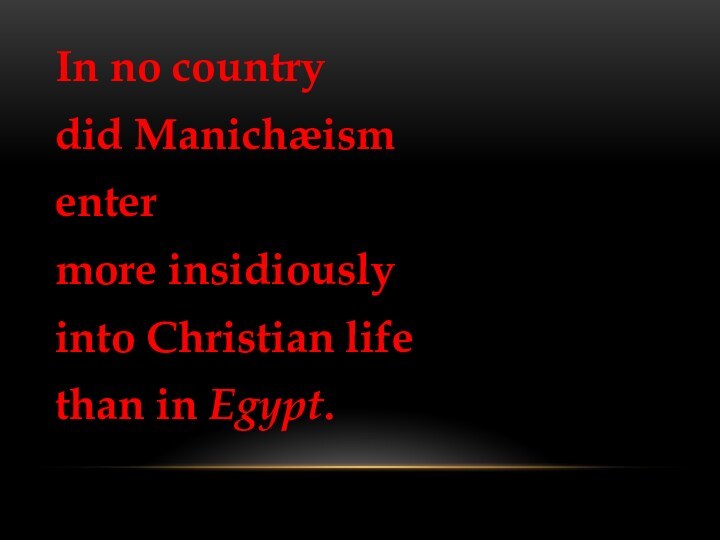
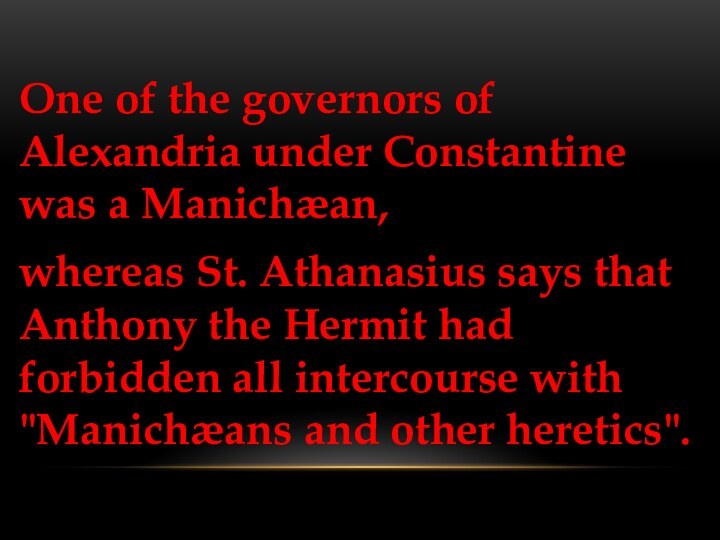
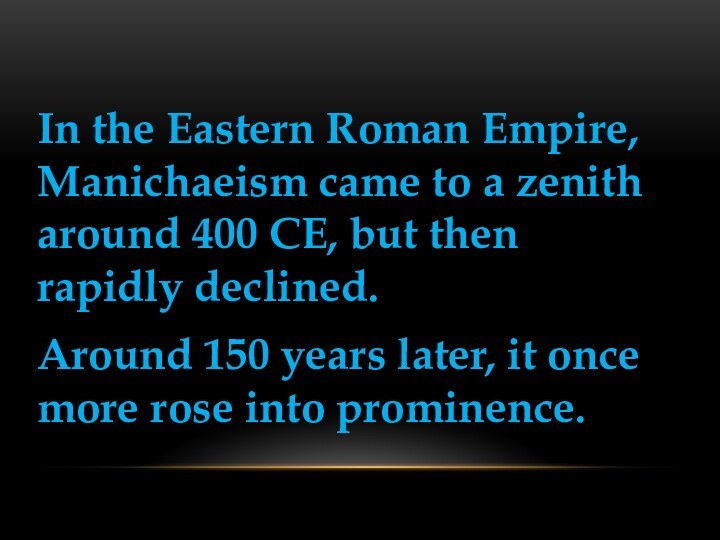
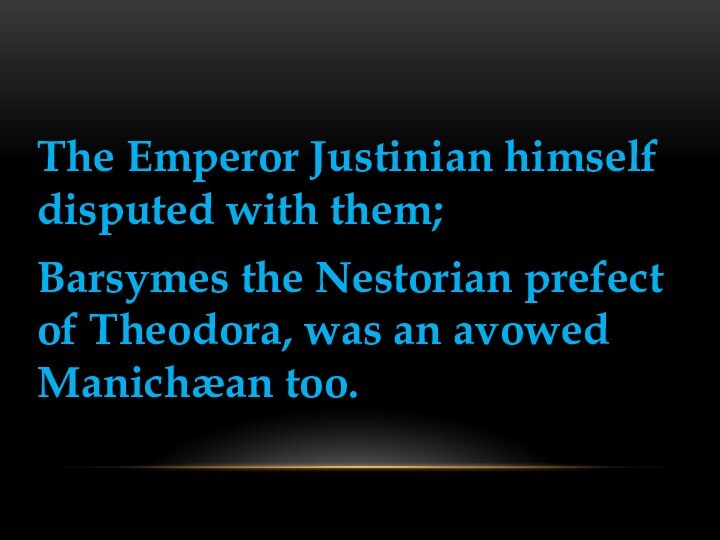

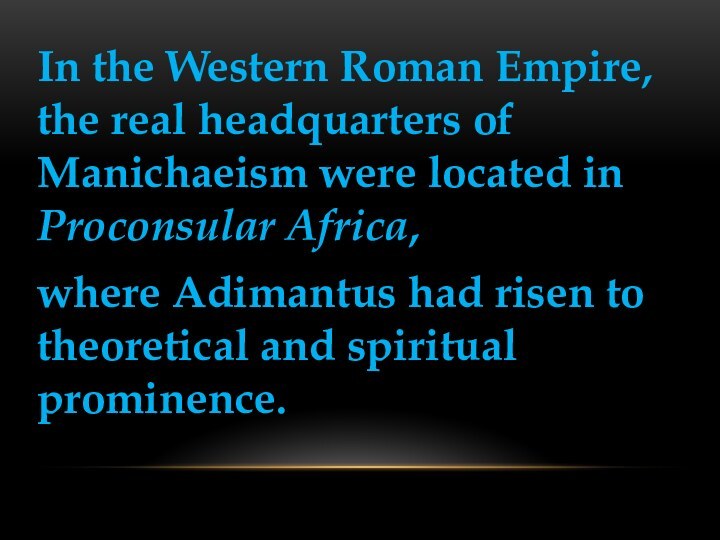
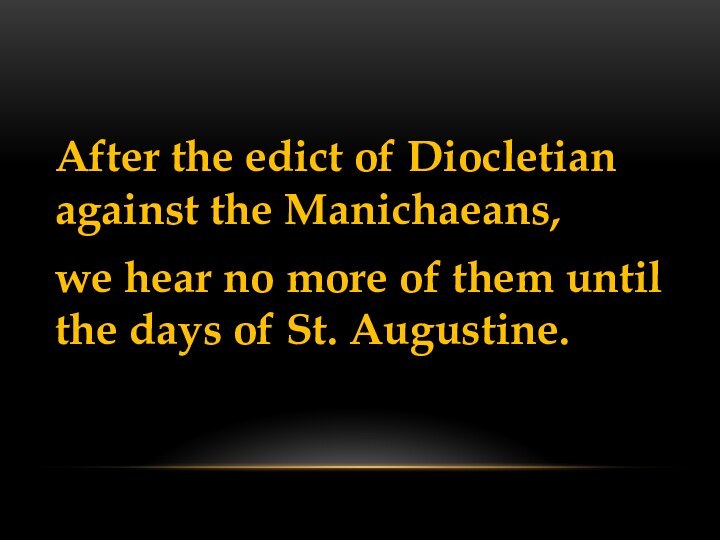
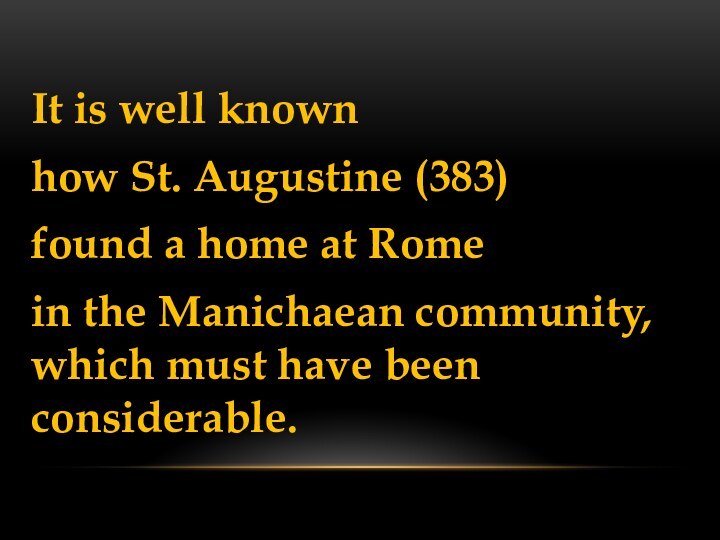


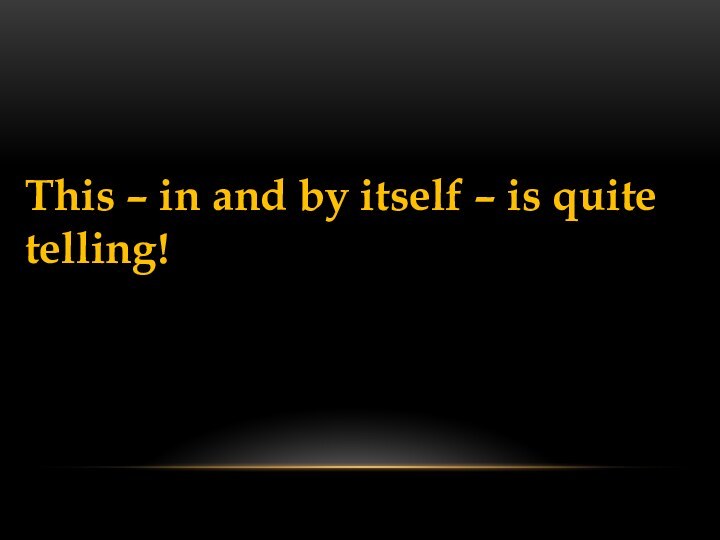
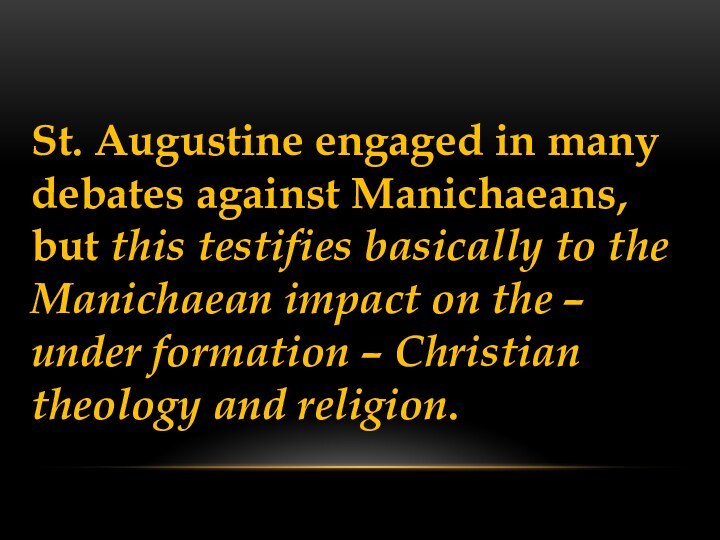
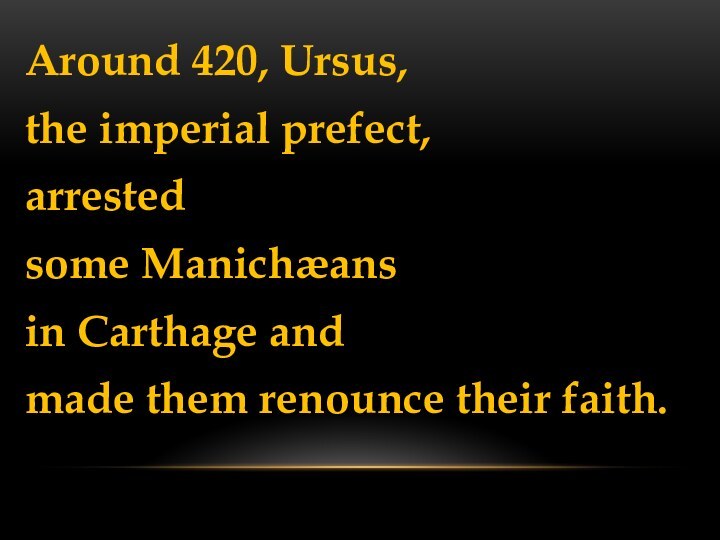

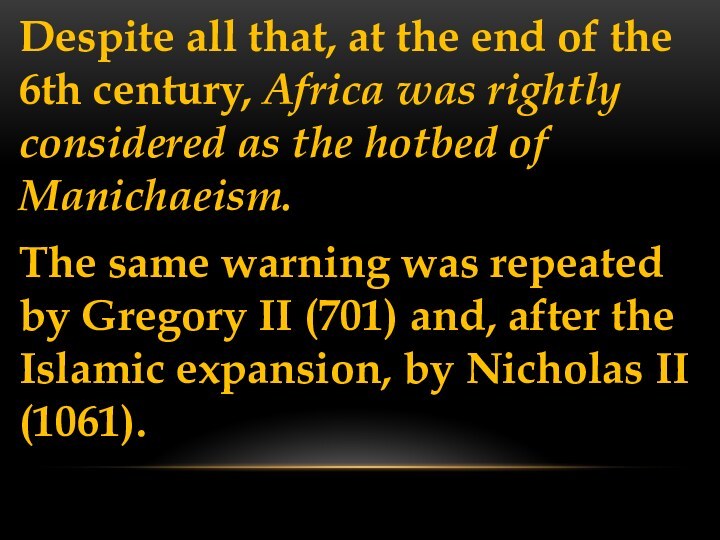
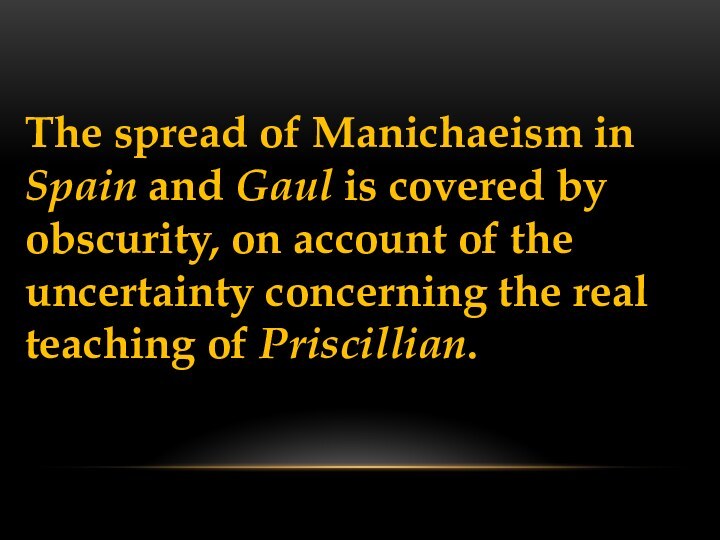
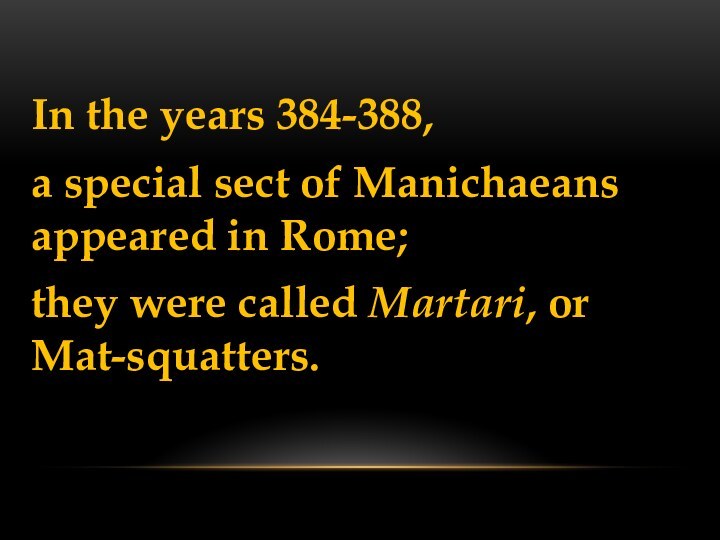
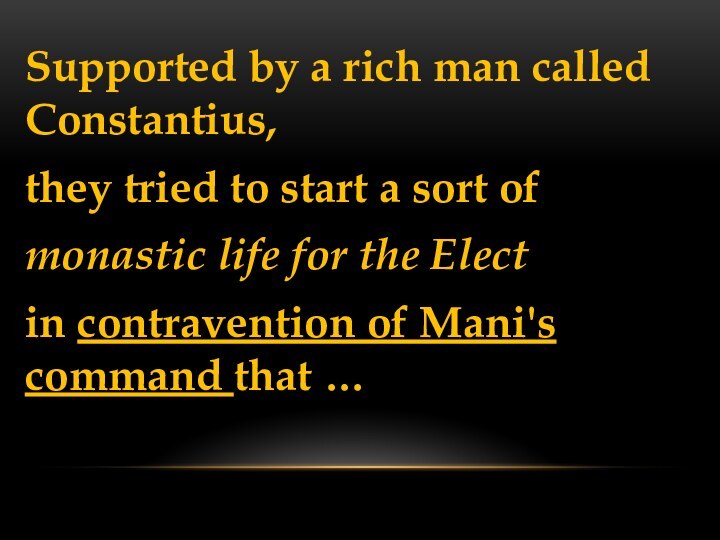

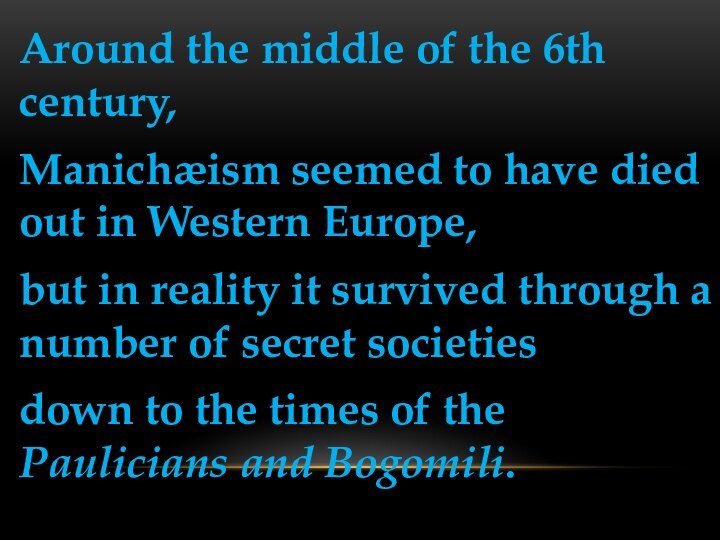

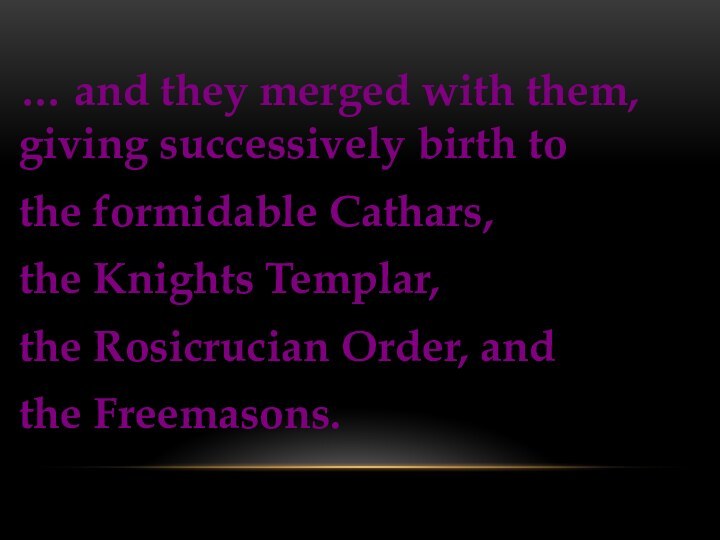
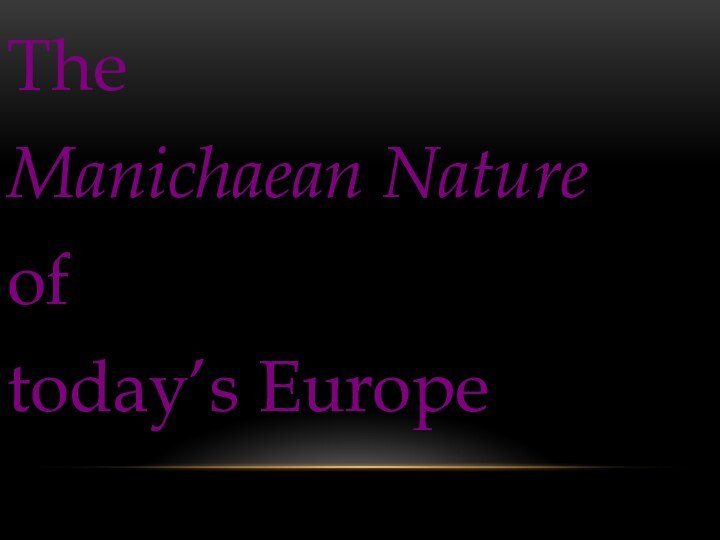
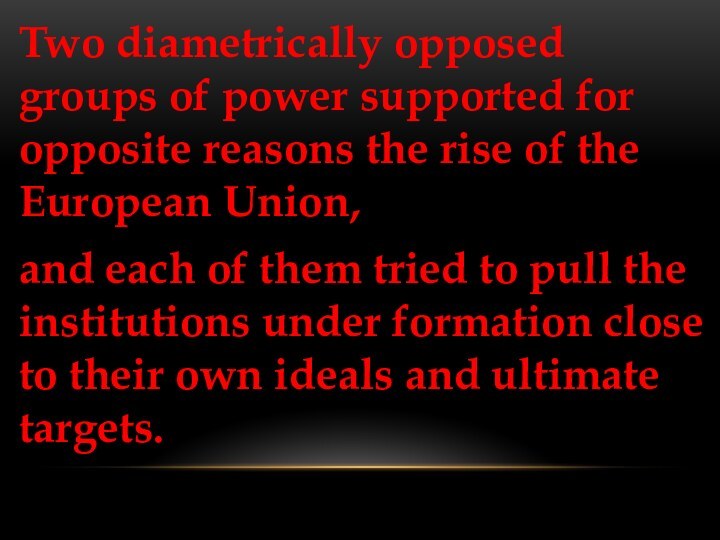

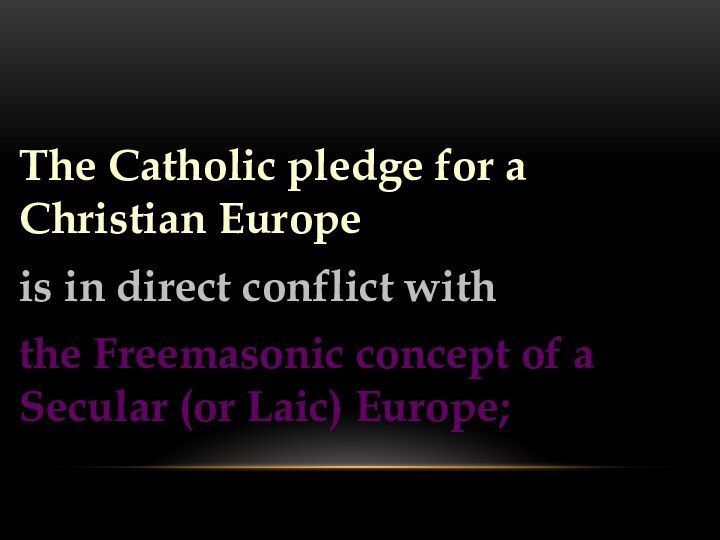
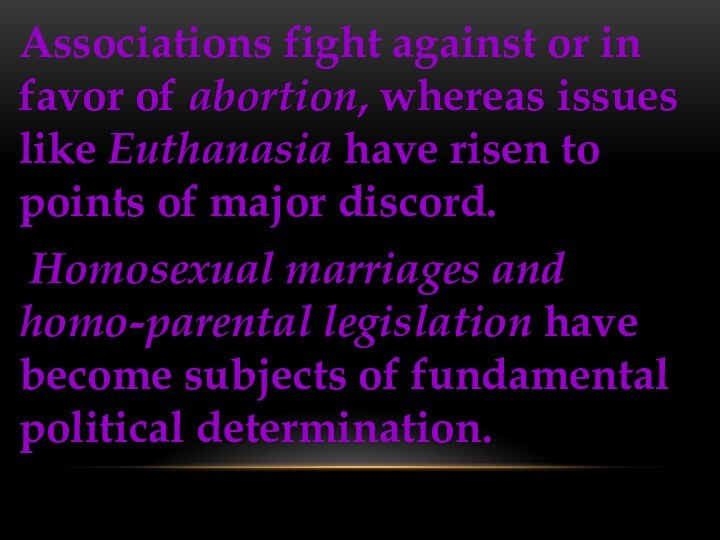
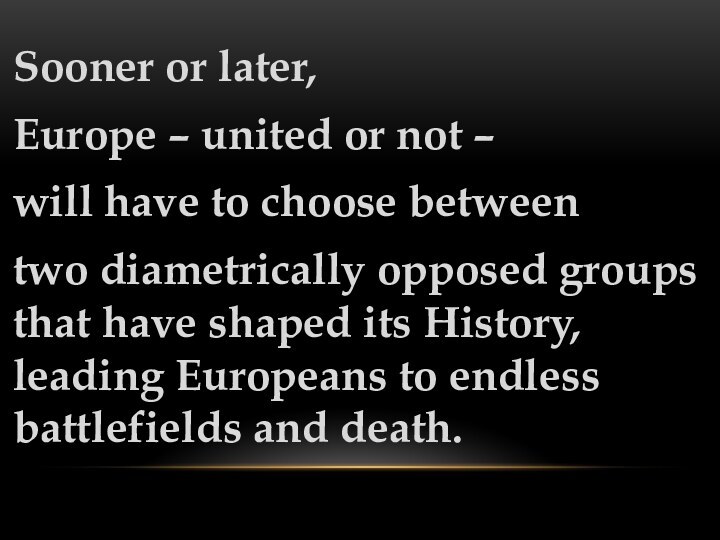
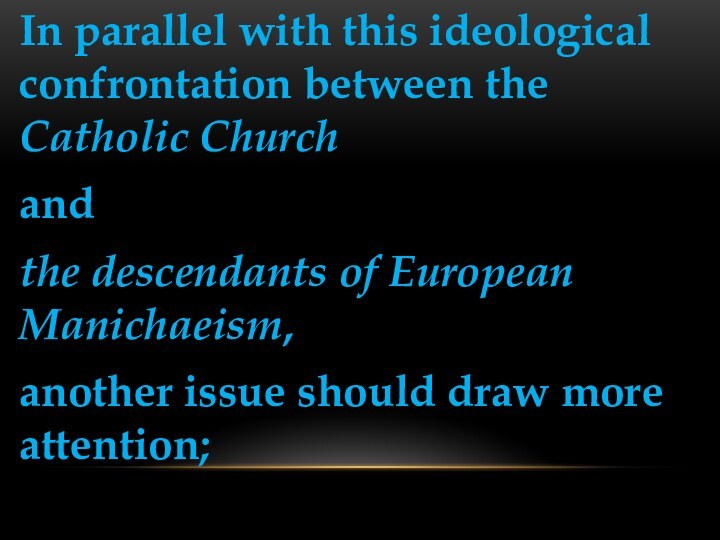

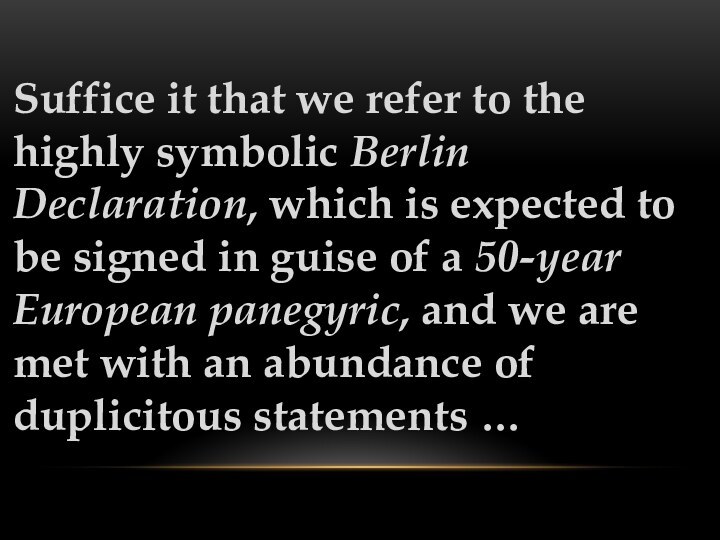
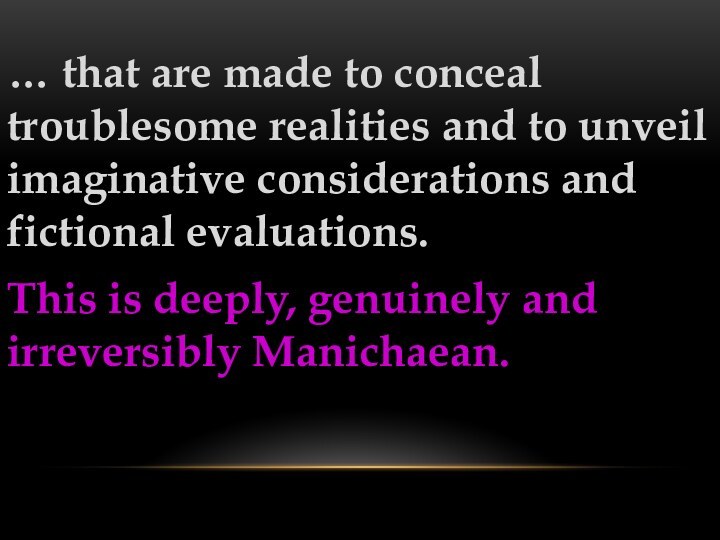
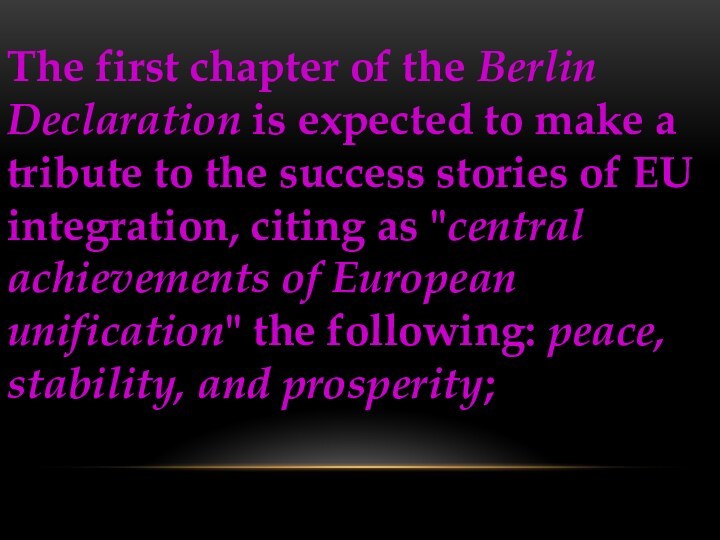
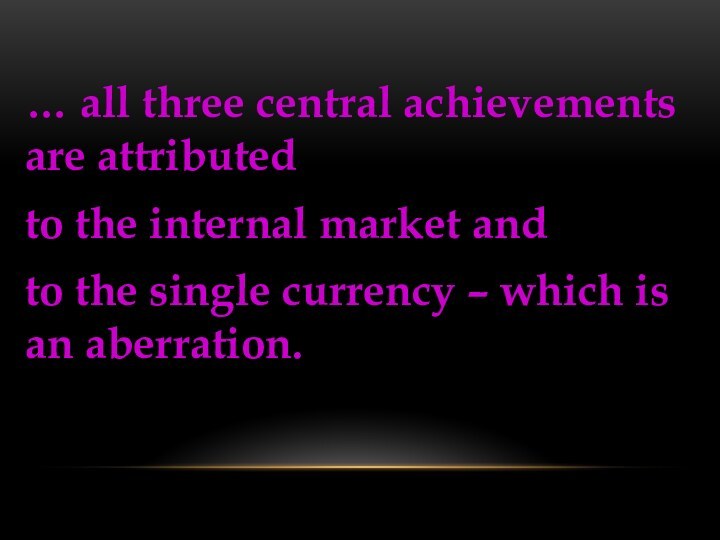
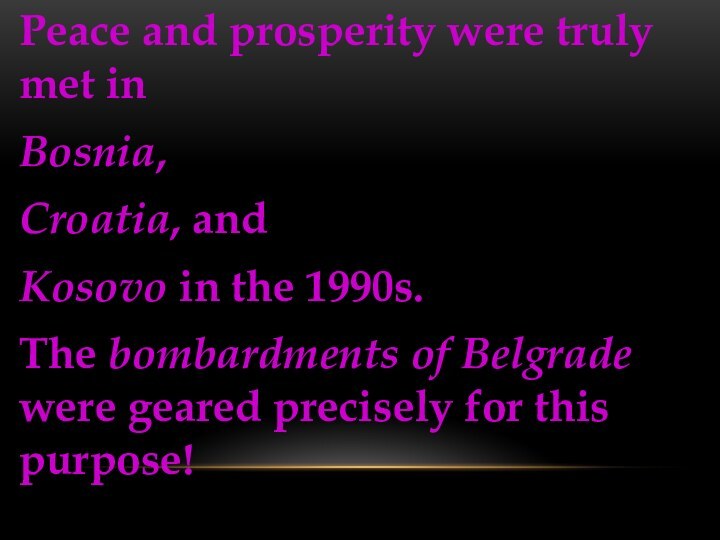
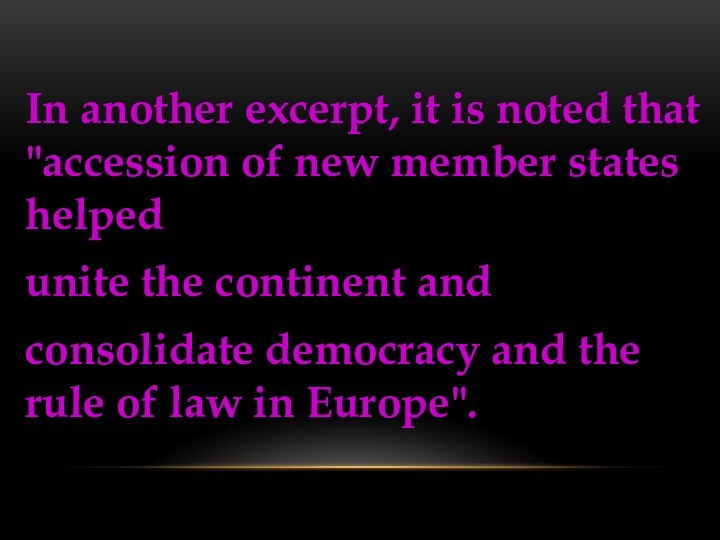
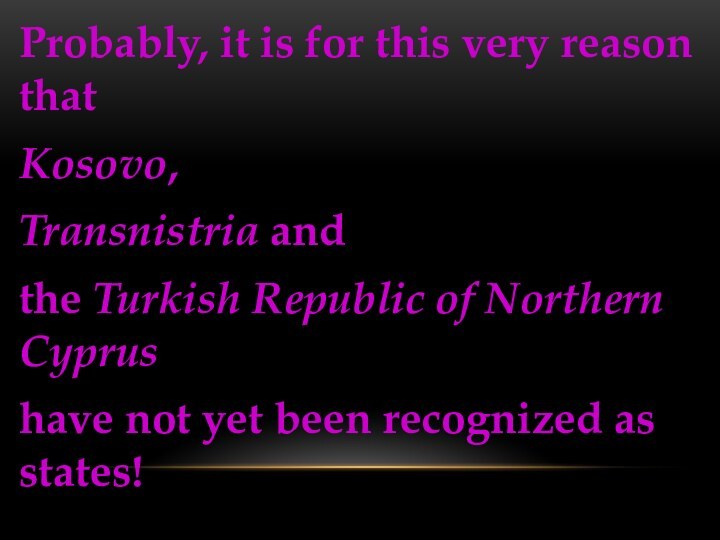
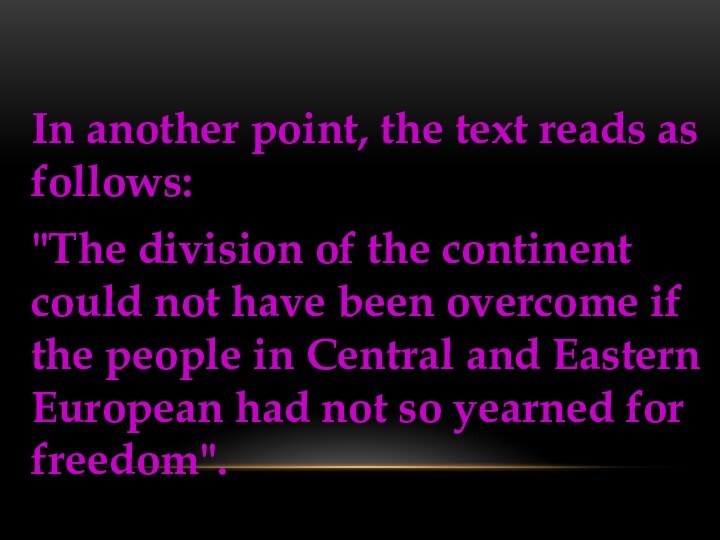
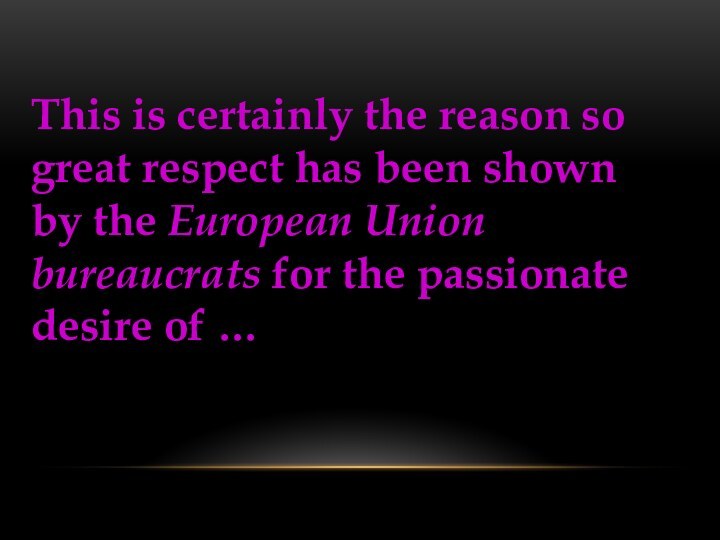
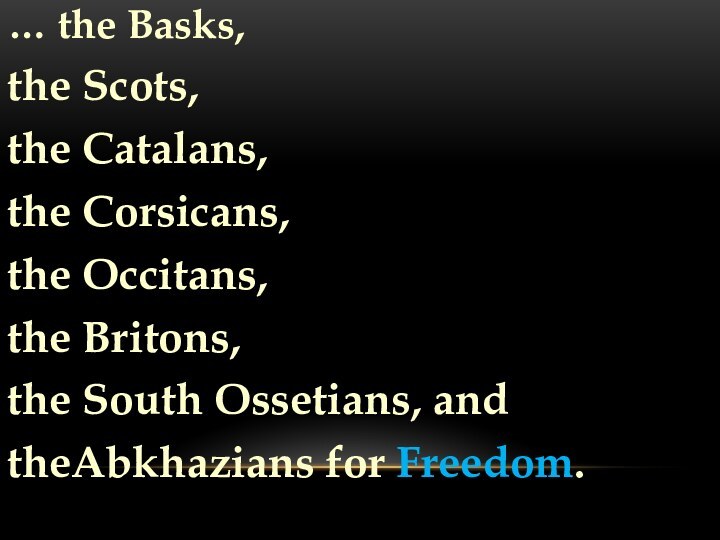
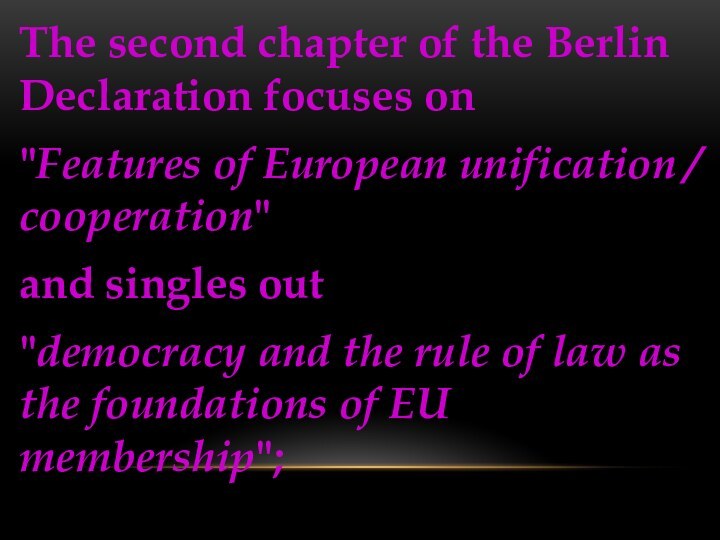
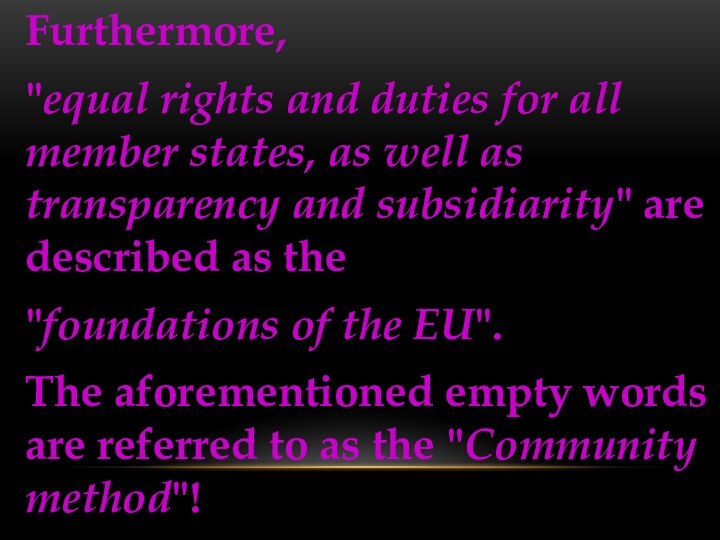
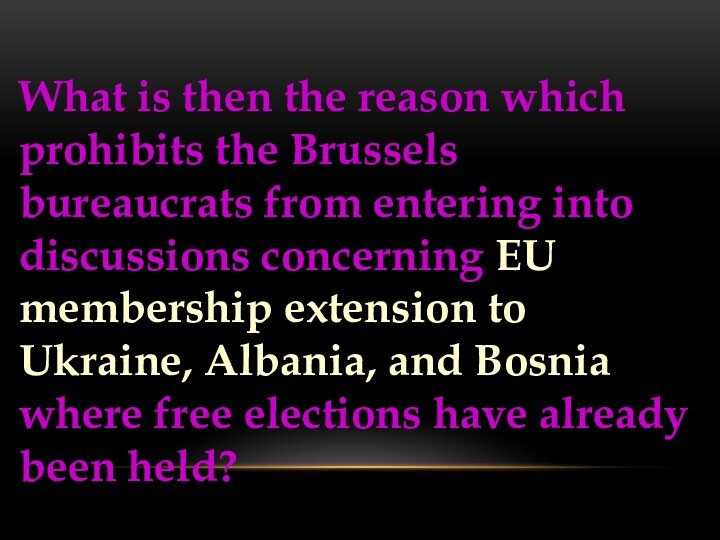
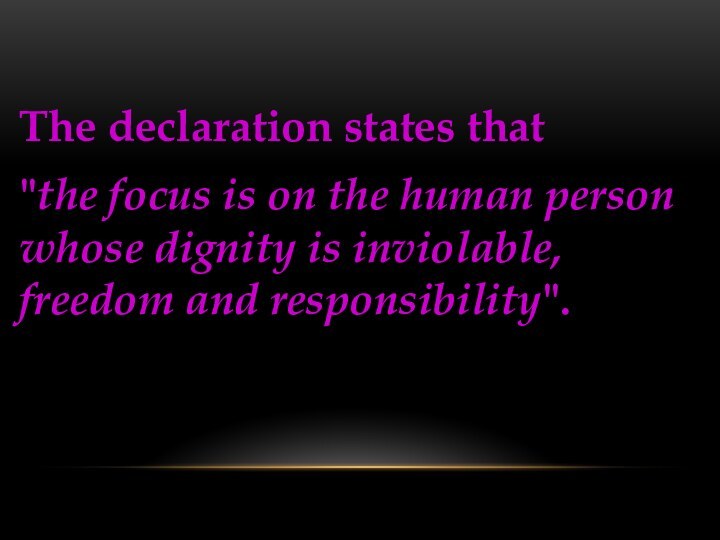
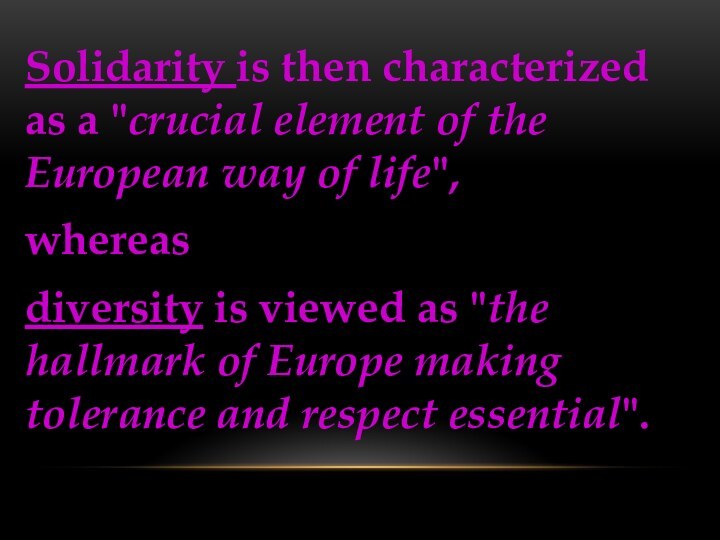
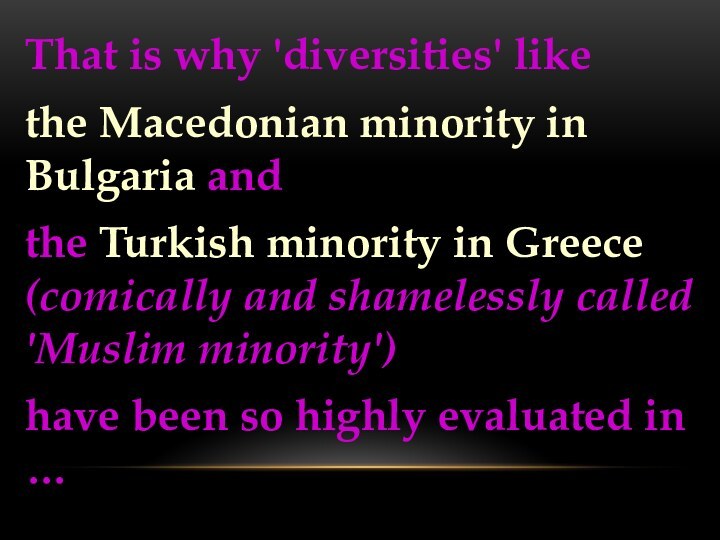
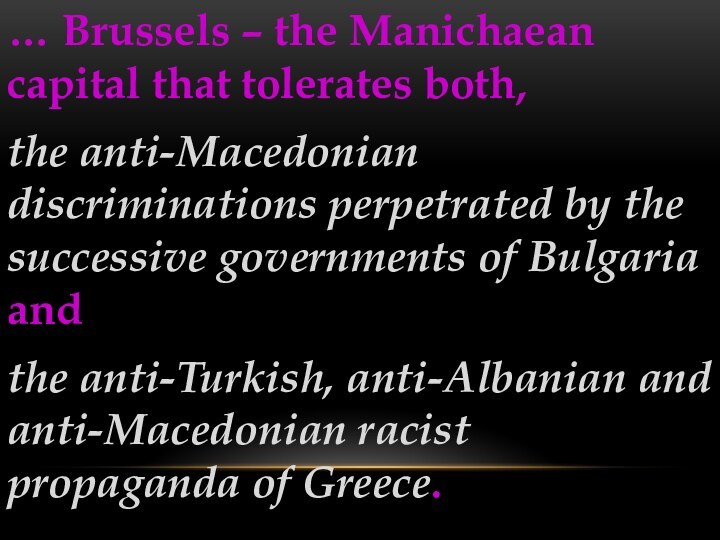
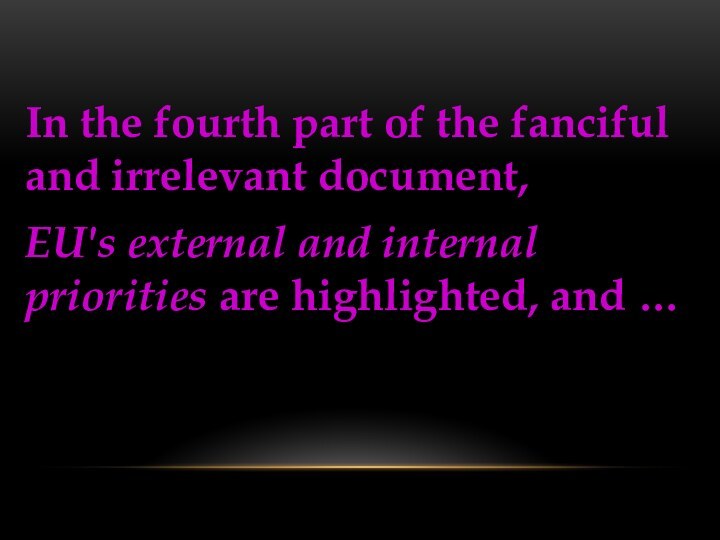

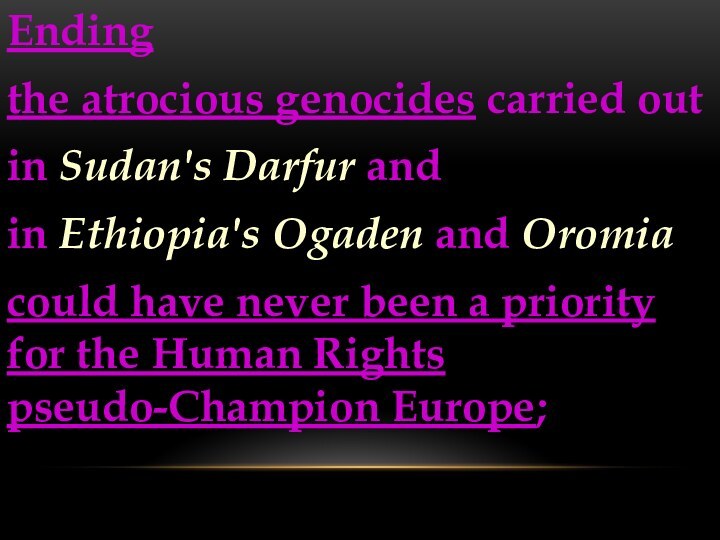
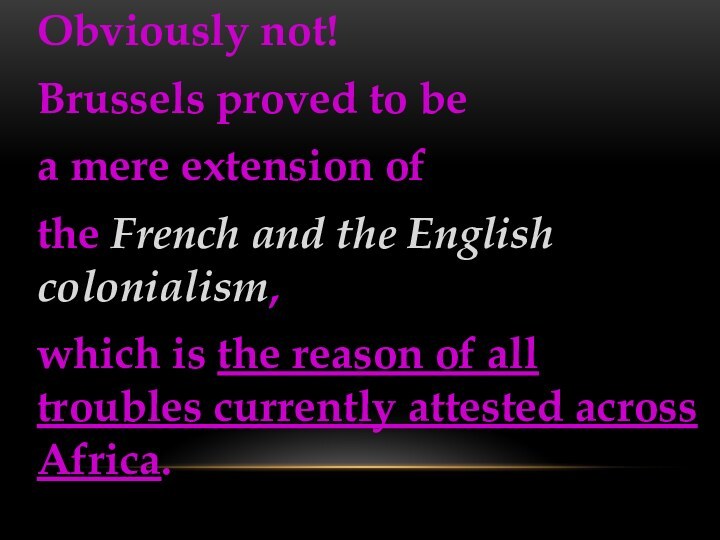
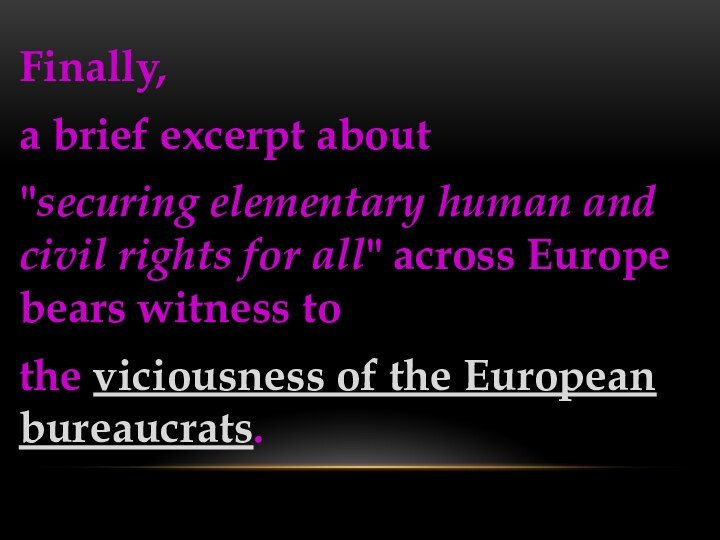
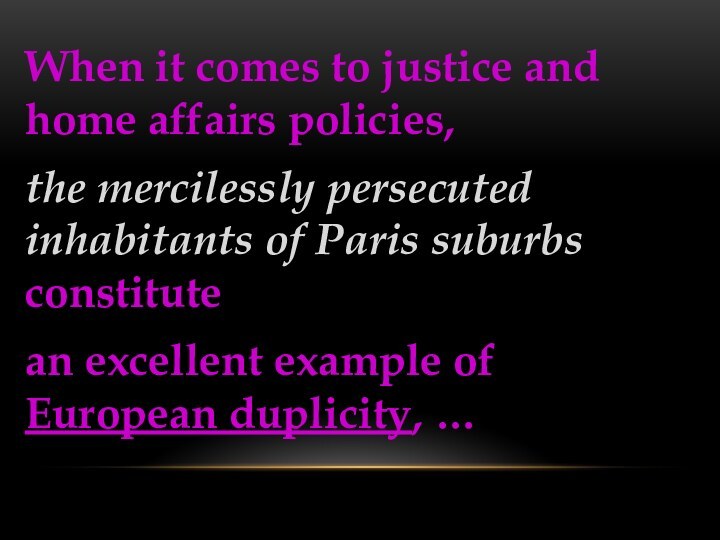
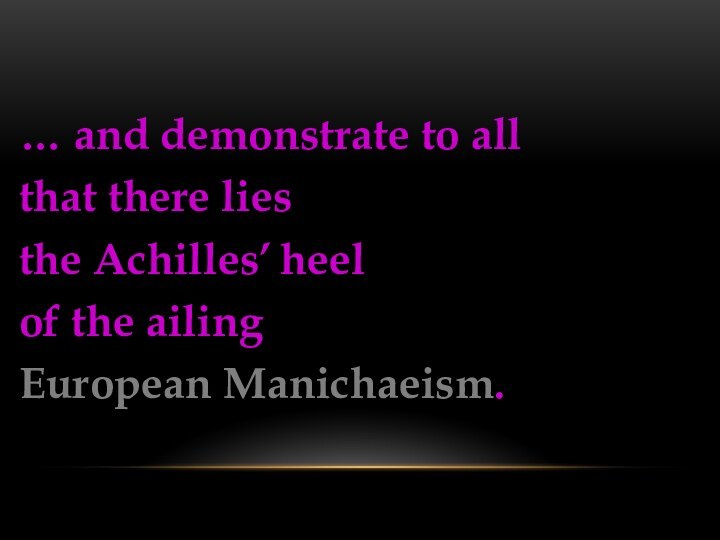
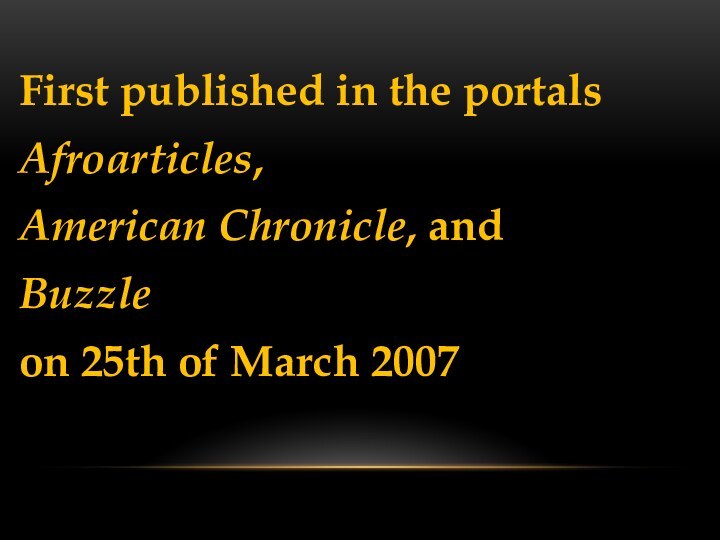
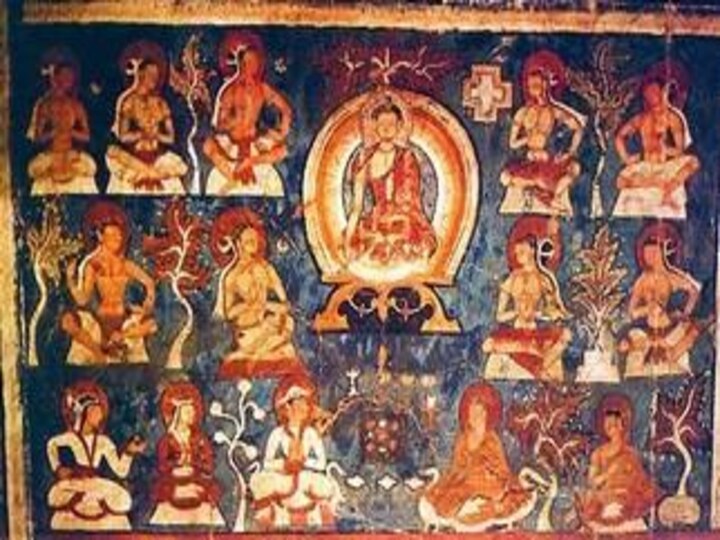
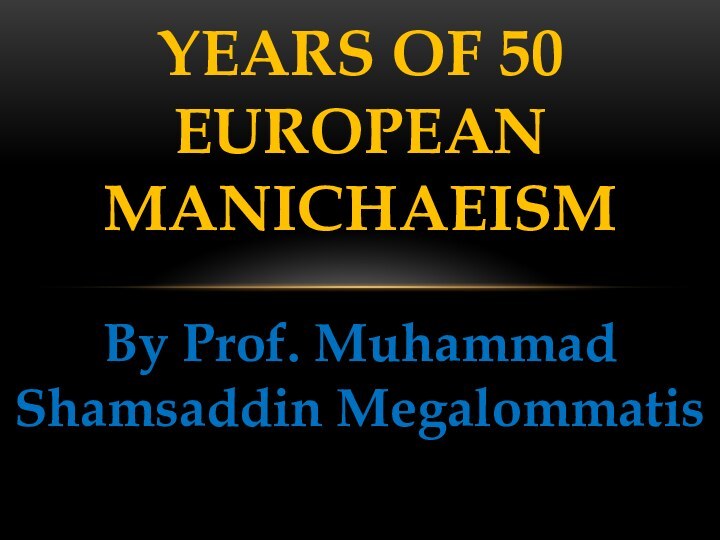

Слайд 4
What European politicians and statesmen, intellectuals
and philosophers have until now ceaselessly tried to exorcise
with the most ardent fervor is exactly what they have inherently and immutably been so far: Manichaean!
Слайд 5
Europe experienced in the past various
forms of union;
- Roman Empire,
- Western Roman
Empire, - Eastern Roman Empire,
- Holy Roman Empire of the German Nation, …
Слайд 6
…
- Ottoman Empire (at its
zenith it included territories belonging to no less than
20 European states of today),Empire of All the Russias,
Napoleonic France, …
Слайд 7
…
- Austrian Empire (and its offspring,
Austria – Hungary),
- Hitler’s Third Reich, and
-
Soviet Union.
Слайд 8
None of them attempted a peaceful
expansion, nor was this possible; all of them were
multi-national,
multi-linguistic,
multi-ethnic,
multicultural, and
multi-religious unions …
Слайд 9
… whereby only
one culture,
one
religion and
one language were supposed to be the
unifying link; because of this, one at a time culture, religion, and language had to prevail detrimentally over all the rest.
Слайд 10
The European Union comes as the last
effort, and contrarily to the previous ones, it is
supposed to be a peaceful union of countries that accept a certain democratic political system, …
Слайд 11
… involving Human Rights,
protection of
the Minorities,
the rule of Law, and
an extremely
biased and utterly disproportionate liberal economic model (Copenhagen criteria).
Слайд 12
The European lawmakers and statesmen underscore
every now and then
the transparence of their policies,
the commitment of their political parties and groups to Humanism, …
Слайд 13
… and their adhesion to diverse intellectual
and ideological movements that emanate from the Renaissance world.
Слайд 14
Knowledge,
Truth,
Search for Truth,
Science,
Exploration,
Discovery,
Moral Values accepted as Universal, ….
Слайд 16
For this reason, any mendacious, duplicitous and
irrational policies are rejected and refuted as …
Manichaean;
Слайд 17
…the use of this adjectival term pertains
to the form - and not the contents -
of the Manichaean Cosmogony that evolved around two supreme powers, allowing considerations of an authentic Dualism.
Слайд 19
Based on sources encompassing more than 10
different languages (from Latin to Syriac to Sogdian without
excluding Coptic, Arabic and Chinese), we are able today to reconstitute …
Слайд 20
… what proved to be by
far the most elaborate and the most sophisticated system
of Cosmogony in the World History, i.e. that of Mani.
Слайд 21
According to the basics of Manichaean
doctrine, before the existence of Heaven and Earth, there
were two Principles, the Good and the Evil.
Слайд 22
The Good Principle dwells in the realm
of Light, being therefore called the Father of Majesty
…
Слайд 23
… (Megethos in Greek, Abba D'rabbutha
in Syriac – a late form of Aramaic language
and major vehicle of Christian Patristic Literature), …
Слайд 24
… or
the Father with the
Four Persons
(Tetraprosopon in Greek - as opposed to
Tetragrammaton of the Hebrew God), …
Слайд 25
… probably because
* Time,
*
Light,
* Force, and
* Goodness
were regarded as
its essential manifestations.
Слайд 26
Opposed to the Father of Majesty
is the King of Darkness.
He is actually never
called God, but otherwise, he and his kingdom 'down' are exactly parallel and symmetrical to the ruler and the realm of the Light above.
Слайд 27
Manichaeism did not survive down to
our times; although it expanded tremendously from NW Africa
and NW Europe to China, in various parts of the world, …
Слайд 28
… it was superseded respectively by
1. Roman Catholicism and
2. Eastern Roman Orthodoxy (across
the Mediterranean and Europe), …
Слайд 29
3. Monophysitic Christianity
(in Eastern Anatolia /
Turkey, Syria-Palestine, and Northern Mesopotamia), …
Слайд 30
4. Nestorian Christianity (Southern Mesopotamia, Persia, and
India),
5. Parsism (Persia and India),
6. Buddhism (Tibet
and China), …
Слайд 31
… and
7. Islam
(North Africa,
Egypt, Syria-Palestine, Mesopotamia, Persia and Central Asia).
Слайд 32
The last Manichaean temple was still
functioning before 150 years in the eastern coastland of
China!
Слайд 33
With the aforementioned in mind and
after exercising considerable reflection with respect to the existing
similarities between many elements of the Manichaean dogma and numerous points of the doctrines of the different superseding religions …
Слайд 34
…. (e.g. the different denominations of
Christianity, Islam and Buddhism),
one can easily understand to
what extent …
Слайд 35
… Manichaeism has been at the
same time
extensively copied,
deliberately misinterpreted,
and
viciously deprecated.
Слайд 36
Already the sophisticated attitude of
a
- purposefully accepting a theoretical element belonging to another
religion,
Слайд 37
b – successfully attributing to it
another meaning quite different from what this theoretical element
denoted within the earlier, original, religious environment (or system) where it first belonged,
Слайд 38
and then
c – systematically denigrating
the earlier religious system altogether …
… bears witness of
a genuine, formidable duplicity.
Слайд 39
You do not need to be
Manichaean in order to be duplicitous,
and no one
can demonstrate that the Manichaean priests, scholars and magistrates were duplicitous.
Слайд 40
However, when duplicity becomes
the prevailing
mindset among a nation,
the overwhelming attitude among the
elite of a country, and the fundamental trait of the cultural and socio-behavioral system within a realm, …
Слайд 41
… then there are strong chances
that the system in question leans to a latent
or concealed dualism.Of course, there is no need to identify every dualism with Manichaeism, but structural dualism is explicitly dualistic of nature.
Слайд 43
In his Ten Commandments, Mani forbade idolatry,
mendacity, avarice, murder (i.e. every type of killing), fornication,
theft, seduction to deceit, magic, hypocrisy (secret infidelity to Manichæism), and religious indifference (agnosticism or atheism).
Слайд 44
Prayer was obligatory four times a day:
at noon,
late in the afternoon,
after sunset, and
three hours later.
Слайд 45
Prayer, accompanied by twelve prostrations, was made
facing the sun or, in the night, the moon;
it was preceded by a ceremonial purification with water, therefore clearly pre-modeling Islamic practices.
Слайд 46
Manicheans fasted on the first
day of the week (Sunday) in honor of the
sun, and kept the fast during two days after every new moon.
Слайд 47
In addition, a monthly fast occurred on
the eighth day of each month, and it was
observed from sunrise to sunset.
Слайд 48
Manicheans practiced
Baptism,
Eucharist, and
"Consolation",
an imposition of hands by one of the Manichaean
High Priests ('perfects').
Слайд 49
On March 20, 242 CE
(beginning
of Sassanid Era in Iran),
Mani
proclaimed himself
the
Paraclete promised by Jesus;
Слайд 50
he rejected the Old Testament in
its entirety,
but adopted three Christian books later considered
by the Official Roman Church as Apocrypha, namely …
Слайд 53
Jesus, as narrated by the Christian sources,
was indeed a historical figure for Mani,
but
he
was entirely and adamantly repudiated by Mani;
Слайд 54
that material Jesus
was
"the son
of a poor widow",
"the Jewish Messiah whom the
Jews crucified", …
Слайд 58
One of the governors of Alexandria under
Constantine was a Manichæan,
whereas St. Athanasius says that
Anthony the Hermit had forbidden all intercourse with "Manichæans and other heretics".
Слайд 59
In the Eastern Roman Empire, Manichaeism came
to a zenith around 400 CE, but then rapidly
declined.Around 150 years later, it once more rose into prominence.
Слайд 60
The Emperor Justinian himself disputed with
them;
Barsymes the Nestorian prefect of Theodora, was an
avowed Manichæan too.
Слайд 61
After a certain decline at the
moment of the rise of Islam, Manichaeism flooded the
Eastern Roman Empire again, this time under the name of Paulicians, or Bogomiles (8th – 10th centuries).
Слайд 62
In the Western Roman Empire, the
real headquarters of Manichaeism were located in Proconsular Africa,
where Adimantus had risen to theoretical and spiritual prominence.
Слайд 63
After the edict of Diocletian against the
Manichaeans,
we hear no more of them until the
days of St. Augustine.
Слайд 64
It is well known
how St. Augustine
(383)
found a home at Rome
in the Manichaean
community, which must have been considerable.
Слайд 65
The Father of the Catholic Church
was Manichaean
before adopting Christianity,
but we have not
yet got a Manichaean account of the extent to which St. Augustine’s ‘Christian' theology was of Manichaean nature and background.
Слайд 66
After he became Christian,
St. Augustine complained
that, although the Manichæans pretended to be Christians,
their
feast of the death of Mani exceeded in solemnity that of the Death and Resurrection of Christ.
Слайд 68
St. Augustine engaged in many debates
against Manichaeans, but this testifies basically to the Manichaean
impact on the – under formation – Christian theology and religion.
Слайд 69
Around 420, Ursus,
the imperial prefect,
arrested
some Manichæans
in Carthage and
made them renounce their
faith.
Слайд 70
When the Vandals conquered Africa, the
Manichæans thought of gaining the Arian Christian clergy by
secretly entering their ranks, but Huneric (477-484), King of the Vandals, who accepted Arianism as the correct Christianity, burnt, murdered, and finally dispersed them.
Слайд 71
Despite all that, at the end
of the 6th century, Africa was rightly considered as
the hotbed of Manichaeism.The same warning was repeated by Gregory II (701) and, after the Islamic expansion, by Nicholas II (1061).
Слайд 72
The spread of Manichaeism in Spain
and Gaul is covered by obscurity, on account of
the uncertainty concerning the real teaching of Priscillian.
Слайд 73
In the years 384-388,
a special sect
of Manichaeans appeared in Rome;
they were called Martari,
or Mat-squatters.
Слайд 74
Supported by a rich man called Constantius,
they tried to start a sort of
monastic life
for the Elect in contravention of Mani's command that …
Слайд 76
Around the middle of the 6th century,
Manichæism seemed to have died out in Western Europe,
but in reality it survived through a number of secret societies
down to the times of the Paulicians and Bogomili.
Слайд 77
When the latter were driven out
by the Eastern Roman emperors, they met with groups
in the North of Italy and the South of Francewhereby the quintessence of Manichaean teachings had survived, …
Слайд 78
… and they merged with them,
giving successively birth to
the formidable Cathars,
the Knights
Templar, the Rosicrucian Order, and
the Freemasons.
Слайд 80
Two diametrically opposed groups of power
supported for opposite reasons the rise of the European
Union,and each of them tried to pull the institutions under formation close to their own ideals and ultimate targets.
Слайд 81
We have attested these two groups
in frontal battles about ideas and concepts,
but not
in the form of clashing followers and warring armies. Not thus far!
Слайд 82
The Catholic pledge for a Christian
Europe
is in direct conflict with
the Freemasonic concept
of a Secular (or Laic) Europe;
Слайд 83
Associations fight against or in favor of
abortion, whereas issues like Euthanasia have risen to points
of major discord.Homosexual marriages and homo-parental legislation have become subjects of fundamental political determination.
Слайд 84
Sooner or later,
Europe – united or
not –
will have to choose between
two diametrically
opposed groups that have shaped its History, leading Europeans to endless battlefields and death.
Слайд 85
In parallel with this ideological confrontation
between the Catholic Church
and
the descendants of European
Manichaeism, another issue should draw more attention;
Слайд 86
even if eliminated at the religious
level, Manichaean dualism, as structure of thought, as mindset,
and as mental mechanism, reigns in the sphere of socio-political life, mentality, language, attitude, and behaviour.
Слайд 87
Suffice it that we refer to
the highly symbolic Berlin Declaration, which is expected to
be signed in guise of a 50-year European panegyric, and we are met with an abundance of duplicitous statements …
Слайд 88
… that are made to conceal
troublesome realities and to unveil imaginative considerations and fictional
evaluations.This is deeply, genuinely and irreversibly Manichaean.
Слайд 89
The first chapter of the Berlin Declaration
is expected to make a tribute to the success
stories of EU integration, citing as "central achievements of European unification" the following: peace, stability, and prosperity;
Слайд 90
… all three central achievements are
attributed
to the internal market and
to the single
currency – which is an aberration.
Слайд 91
Peace and prosperity were truly met
in
Bosnia,
Croatia, and
Kosovo in the 1990s.
The
bombardments of Belgrade were geared precisely for this purpose!
Слайд 92
In another excerpt, it is noted that
"accession of new member states helped
unite the continent
andconsolidate democracy and the rule of law in Europe".
Слайд 93
Probably, it is for this very
reason that
Kosovo,
Transnistria and
the Turkish Republic of
Northern Cyprus have not yet been recognized as states!
Слайд 94
In another point, the text reads as
follows:
"The division of the continent could not have
been overcome if the people in Central and Eastern European had not so yearned for freedom".
Слайд 95
This is certainly the reason so great
respect has been shown by the European Union bureaucrats
for the passionate desire of …
Слайд 96
… the Basks,
the Scots,
the Catalans,
the Corsicans,
the Occitans,
the Britons,
the South Ossetians,
and theAbkhazians for Freedom.
Слайд 97
The second chapter of the Berlin
Declaration focuses on
"Features of European unification / cooperation"
and singles out
"democracy and the rule of law as the foundations of EU membership";
Слайд 98
Furthermore,
"equal rights and duties for
all member states, as well as transparency and subsidiarity"
are described as the"foundations of the EU".
The aforementioned empty words are referred to as the "Community method"!
Слайд 99
What is then the reason which
prohibits the Brussels bureaucrats from entering into discussions concerning
EU membership extension to Ukraine, Albania, and Bosnia where free elections have already been held?
Слайд 100
The declaration states that
"the focus is
on the human person whose dignity is inviolable, freedom
and responsibility".
Слайд 101
Solidarity is then characterized as a "crucial
element of the European way of life",
whereas
diversity
is viewed as "the hallmark of Europe making tolerance and respect essential".
Слайд 102
That is why 'diversities' like
the Macedonian
minority in Bulgaria and
the Turkish minority in Greece
(comically and shamelessly called 'Muslim minority') have been so highly evaluated in …
Слайд 103
… Brussels – the Manichaean capital
that tolerates both,
the anti-Macedonian discriminations perpetrated by the
successive governments of Bulgaria and the anti-Turkish, anti-Albanian and anti-Macedonian racist propaganda of Greece.
Слайд 104
In the fourth part of the fanciful
and irrelevant document,
EU's external and internal priorities are
highlighted, and …
Слайд 105
… energy policy and climate protection top
the list as the
"two components of a strategy
to counter the global threats together" whereas EU is asked to play in this regard a
"pioneering role".
Слайд 106
Ending
the atrocious genocides carried out
in
Sudan's Darfur and
in Ethiopia's Ogaden and Oromia
could
have never been a priority for the Human Rights pseudo-Champion Europe;
Слайд 107
Obviously not!
Brussels proved to be
a mere extension of
the French and the English
colonialism, which is the reason of all troubles currently attested across Africa.
Слайд 108
Finally,
a brief excerpt about
"securing elementary
human and civil rights for all" across Europe bears
witness tothe viciousness of the European bureaucrats.
Слайд 109
When it comes to justice and home
affairs policies,
the mercilessly persecuted inhabitants of Paris suburbs
constitute an excellent example of European duplicity, …
